What is a bug out bag
A bug out bag is an evacuation bag in case of emergency. The bag includes the necessities for 72 hours of evacuation because, in a disaster, respondents can take up to 72 hours to reach victims and provide aid. Many bags, however, are designed to last longer.
Bug out bag items range depending on personal needs, skill level, and environment. The bag is designed for one person specifically, the owner of the bag, but parents might include the necessities for their children as well. Generally, the more skilled a survivalist, the less gear needed. In fact, it is important to remember that bug out bag gear should be packed light: as a guideline, do not bring more than 20 percent of your body weight for easy travel. The best bug out bag backpack is useless if, in a survival situation, it is impossible to transport.
Bug out bag items range depending on personal needs, skill level, and environment. The bag is designed for one person specifically, the owner of the bag, but parents might include the necessities for their children as well. Generally, the more skilled a survivalist, the less gear needed. In fact, it is important to remember that bug out bag gear should be packed light: as a guideline, do not bring more than 20 percent of your body weight for easy travel. The best bug out bag backpack is useless if, in a survival situation, it is impossible to transport.
WHERE DO YOU STORE YOUR BUG OUT BAG?
Many people store their bug out bags at home. Others worry about what will happen if their home is unreachable and keep their bag in their vehicle, which I personally recommend, as cars typically travel alongside you. Another option is your workplace or public storage.
WHY DO YOU NEED ONE?
Ok, don’t bug out. There’s a fire raging. Your basement is flooded. You’re in the danger zone of a massive earthquake. It’s holiday travel season. Yeah, alright, that last one isn’t always disastrous, but you need to be prepared for anything. The last thing you want is to be stranded, without a plan, without supplies. Or, worse: the last thing you want is to be dead.
The best bug out bag backpack could mean you are rescued rather than lost to the elements after, for example, a hurricane. It gives you everything you need to survive until help finds you. Bug out bag gear is almost as crucial as the insurance on your car. Except a car is replaceable, and you are not. Your bug out bag essentials should be chosen with care.
The best bug out bag backpack could mean you are rescued rather than lost to the elements after, for example, a hurricane. It gives you everything you need to survive until help finds you. Bug out bag gear is almost as crucial as the insurance on your car. Except a car is replaceable, and you are not. Your bug out bag essentials should be chosen with care.

WHAT TO PUT IN YOUR BUG OUT BAG?
It is important to remember that bug out bag items are unique. I’ve created a generalized bug out bag list which you can use to guide you, but feel free to remove and add items at your own discretion. Someone who lives in a rural environment will need a different bag than someone in an urban one. If you have cold weather to contend with – and with Christmastime here, many of us do – you’ll die unless you can keep warm. Likewise, a thick hat will only ensure that you sweat to death faster if you live in the desert. Another factor to consider is personal health risks, like asthma or diabetes. I therefore recommend creating your own bag to perfectly suit your needs rather than wasting money on a kit. After all, you know your bug out bag essentials better than anyone.
I also recommend buying good gear over more gear; you want your bug out bag essentials to be dependable in case of disaster. What’s more, if items overlap in your everyday carry or IFAK (individual first aid kit) , do not pack double. The more lightweight the bag, the better. The best bug out bag items cannot help you unless they are portable. Although it might seem impossible to live without your hand drill, I promise you can make it.
The bug out bag list I’ve compiled is below. Don’t take my word on anything; consider which items you need, and which are missing. This is not my bag, it’s yours.
Without further ado, here is my bug out bag checklist.
Information:
The bug out bag list I’ve compiled is below. Don’t take my word on anything; consider which items you need, and which are missing. This is not my bag, it’s yours.
Without further ado, here is my bug out bag checklist.
Information:
- A laminated map of your area
- Medical records
- Insurance information
- Pictures of family
- Disaster plan
- Birth certificate or passport
- List of important phone numbers and addresses

Health:
- Food and water bottle (water if you are in an environment with scare water supply – about 2L per day). Pack light with non-perishable and dehydrated foods. It might be a good idea to bring a spork to eat with.
- Individual First Aid Kit
- Hand sanitizer
- Tampons or menstrual cup
- Air filtration mask
- Moisturizer
- Sunscreen
Health:
- This will depend largely on your environment. Do not bring more than one change of clothes.
- A rain poncho is lightweight and essential. A waterproof jacket could be packed as well, but keep in mind that it is be heavier and more spacious.
- Gloves
- If you are in a colder environment, consider lightweight hiking pants, long underwear, synthetic sweater, a warm hat, and hiking socks. Pack synthetic or nylon over cotton because cotton retains water.
Tools:
- Lighter or matches
- Swiss army knife
- Multitool
- Wire
- Compass
- Fishing tackle
- Firearm
- Flashlight and rechargeable batteries
Miscellaneous:
- Space blanket
- Tarp for shelter
- Small waterproof notepad
- Pen
- Whistle
- Cash and change
- Portable charger
- Radio




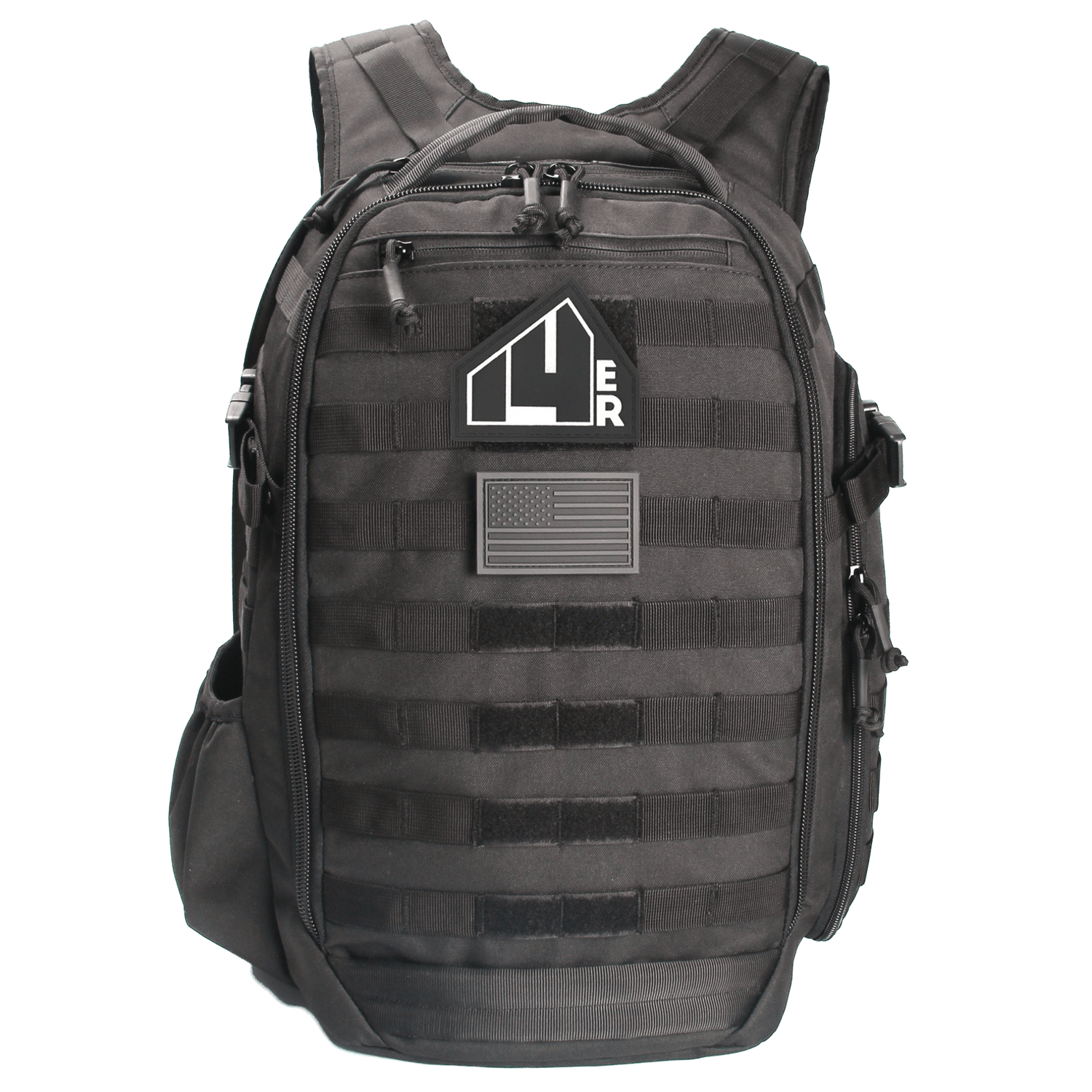
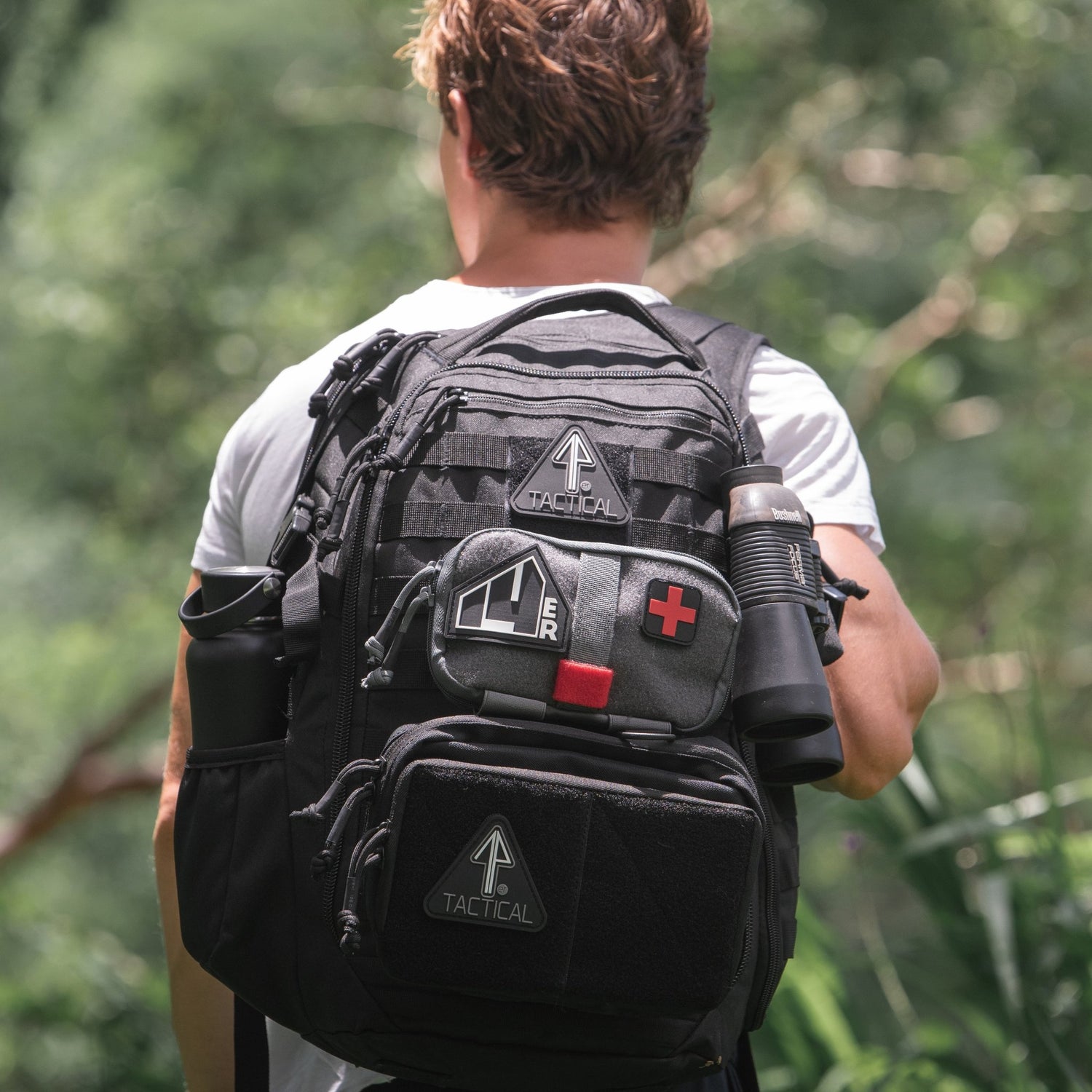
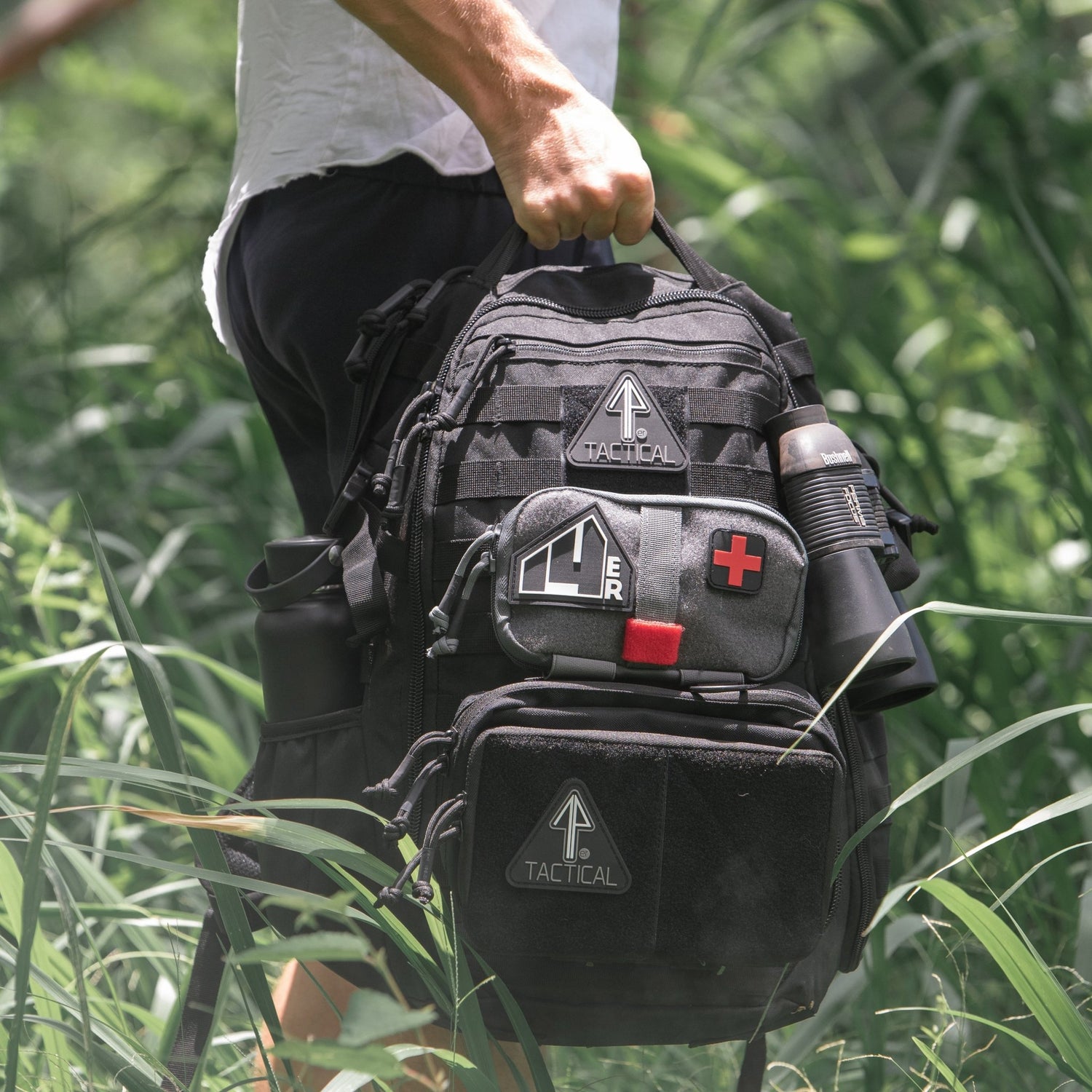
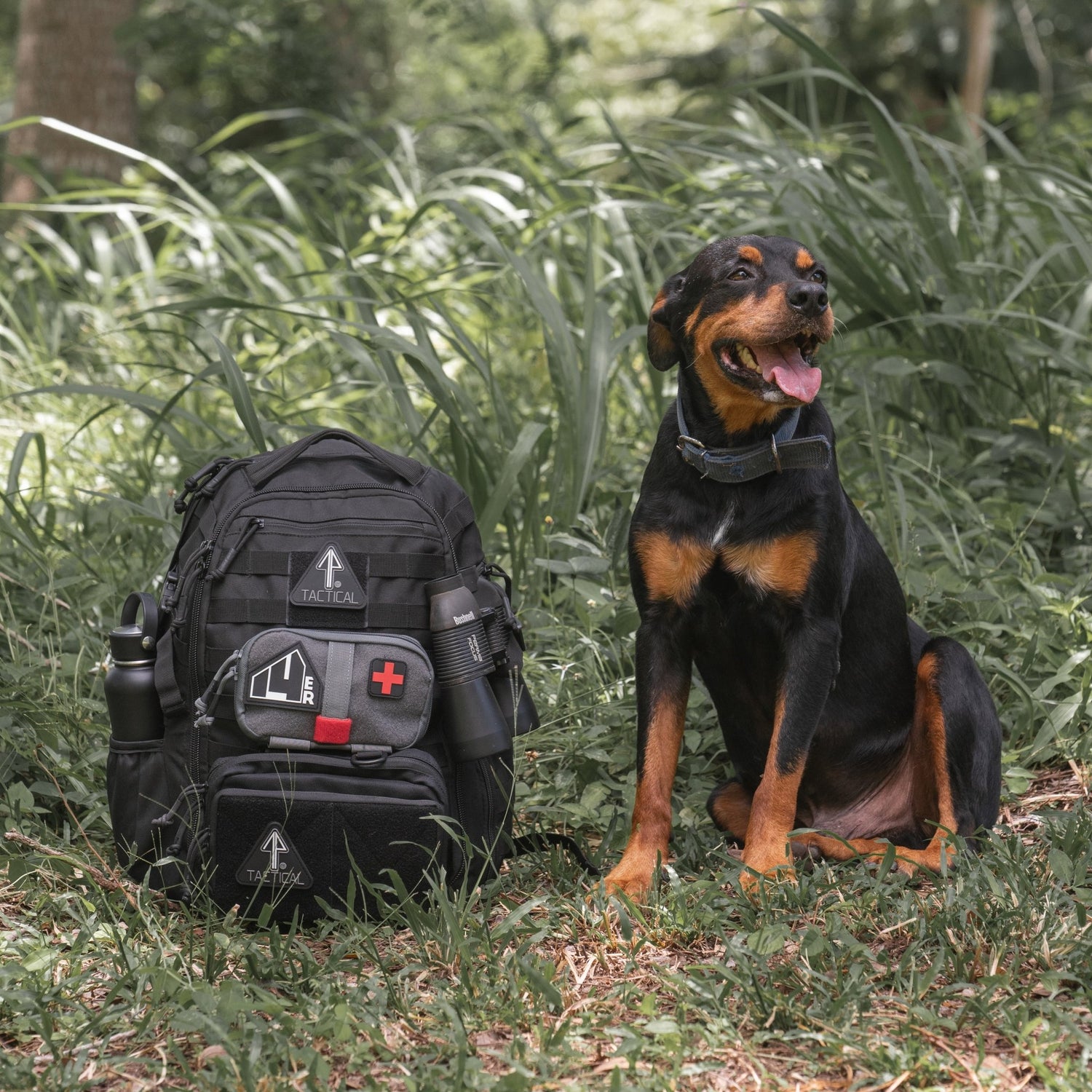
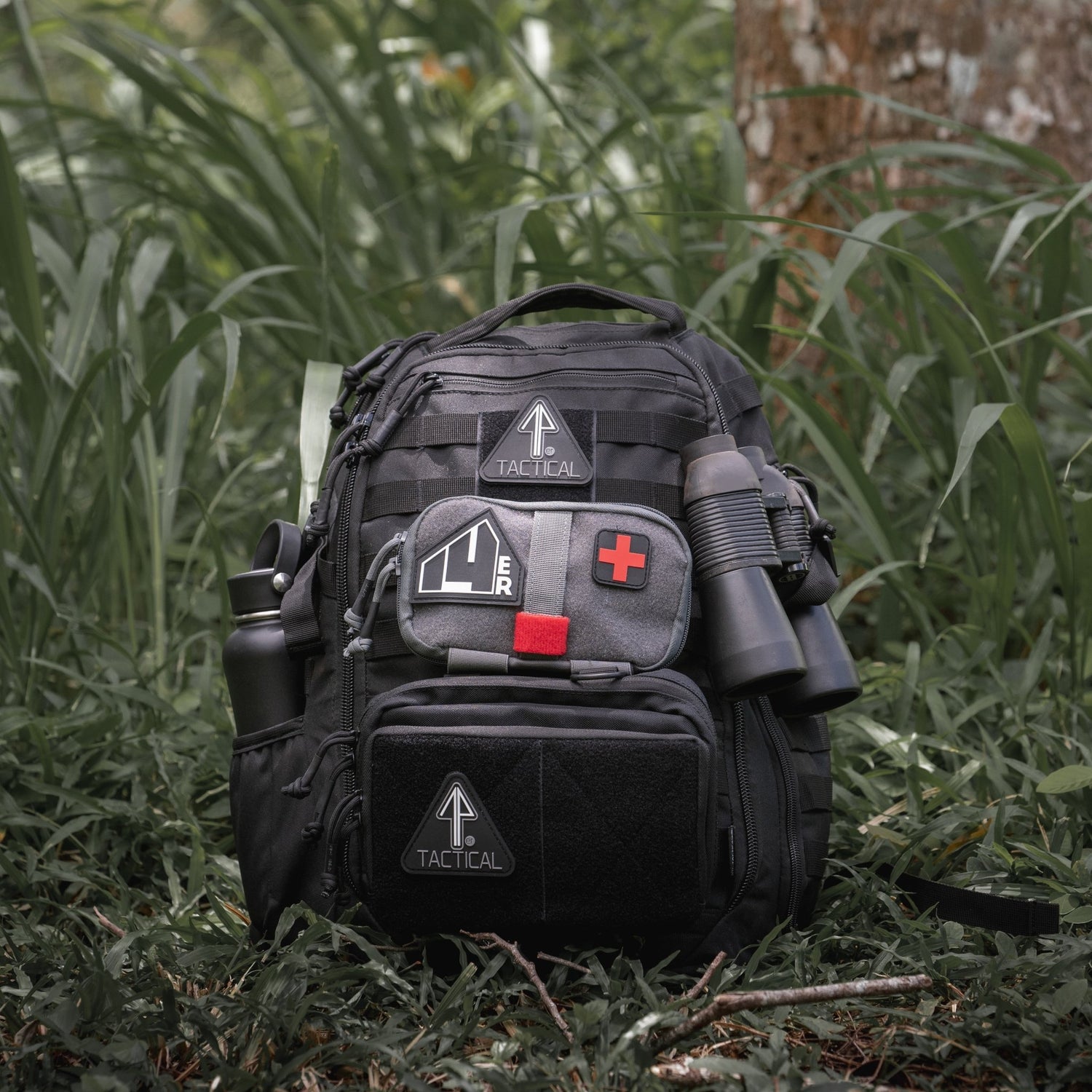
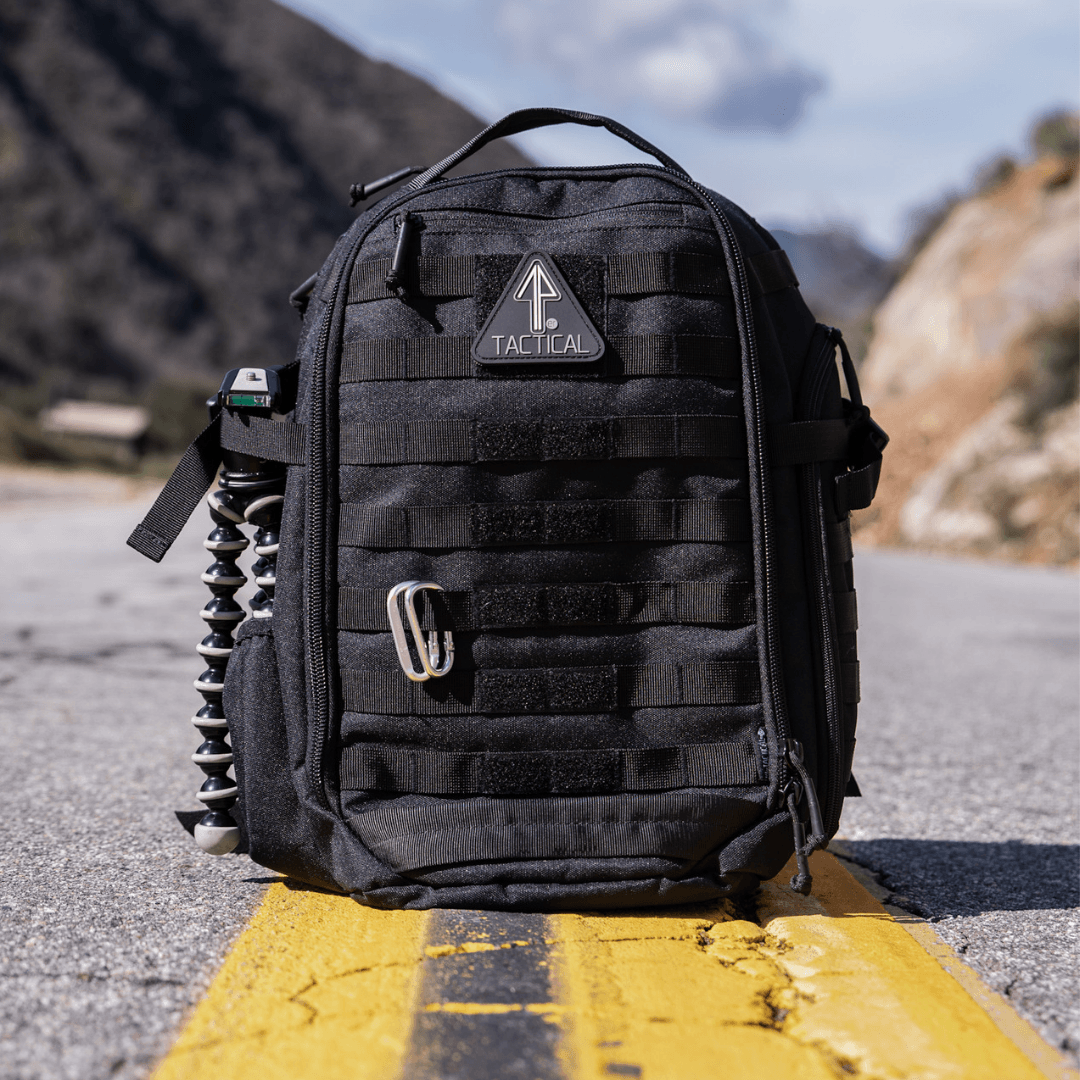
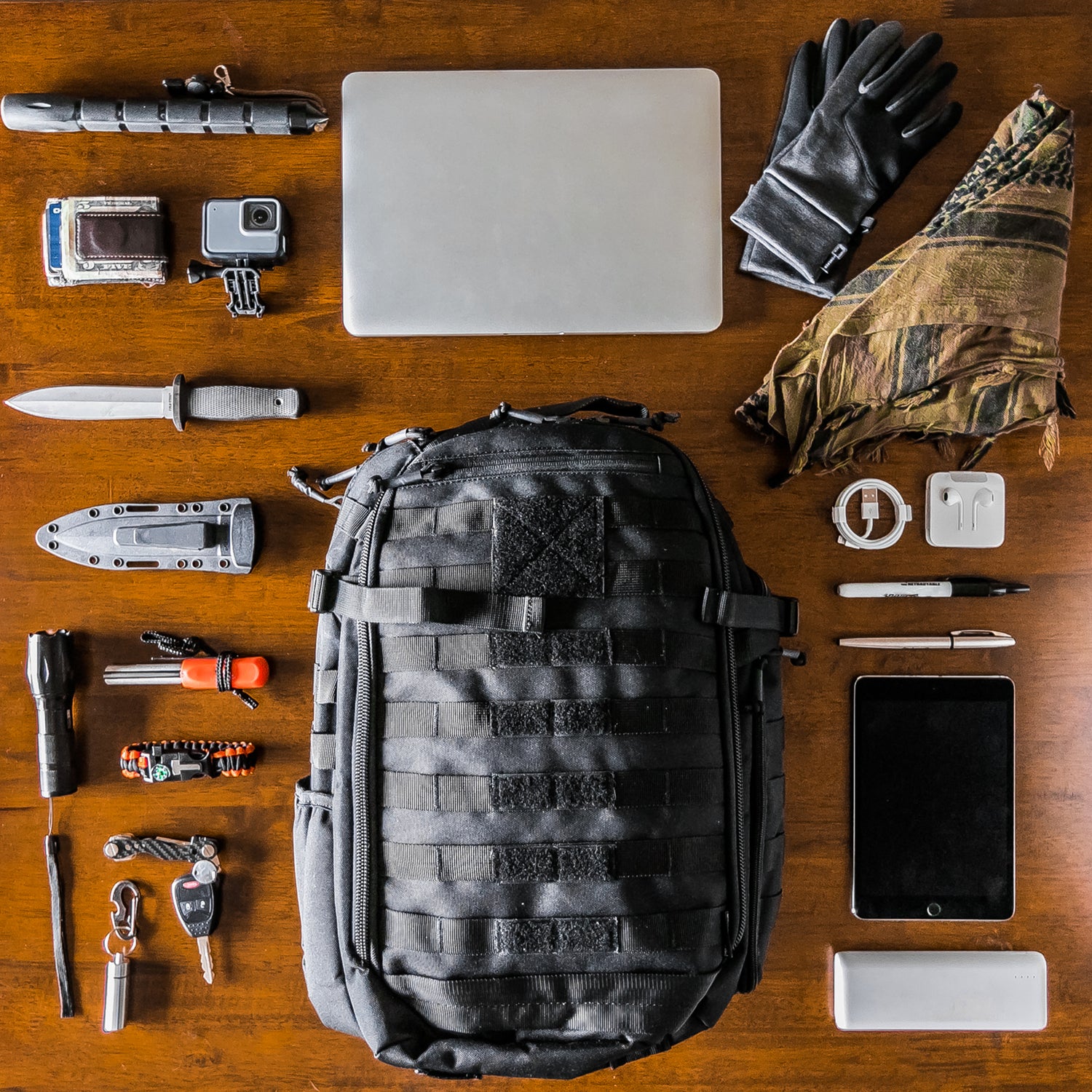
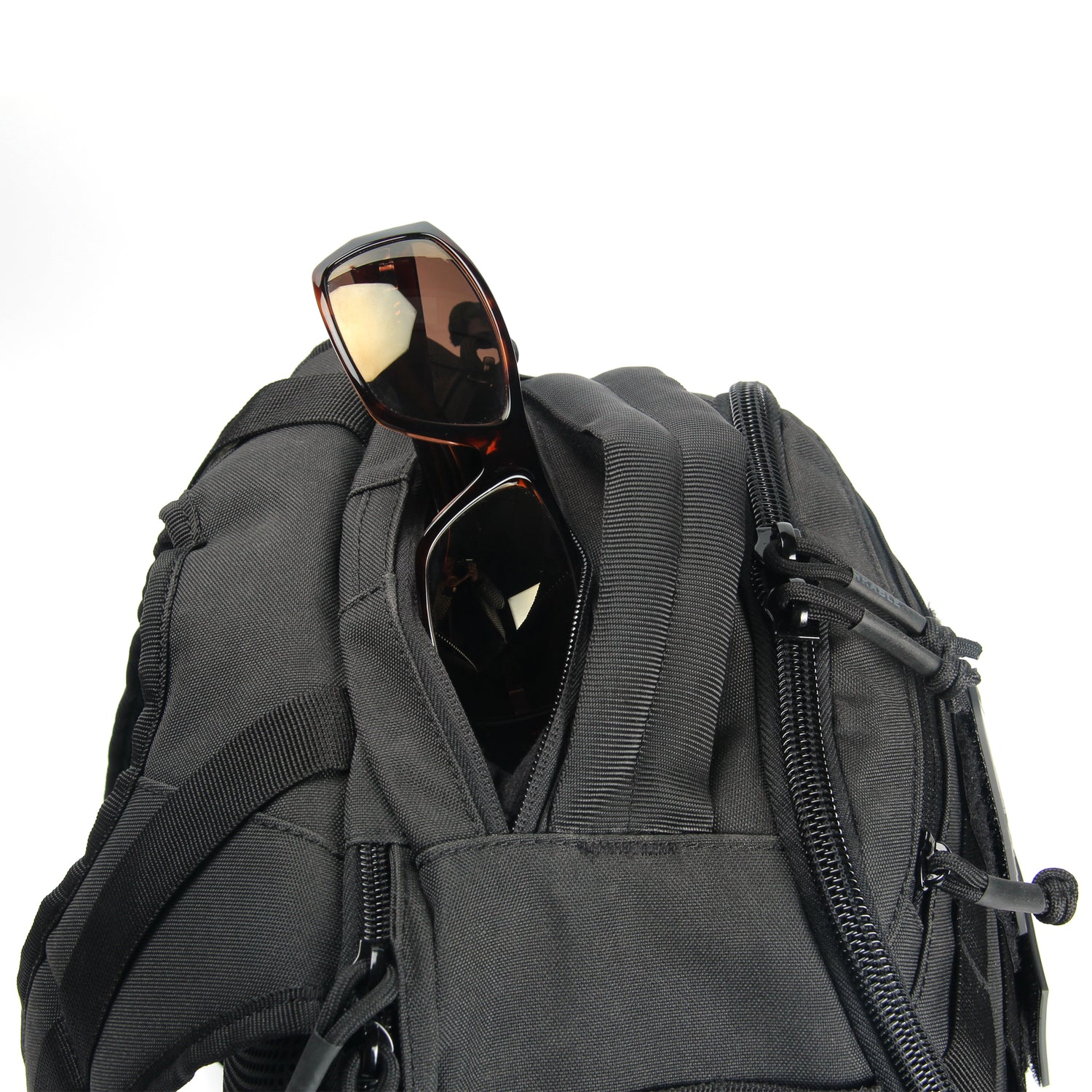
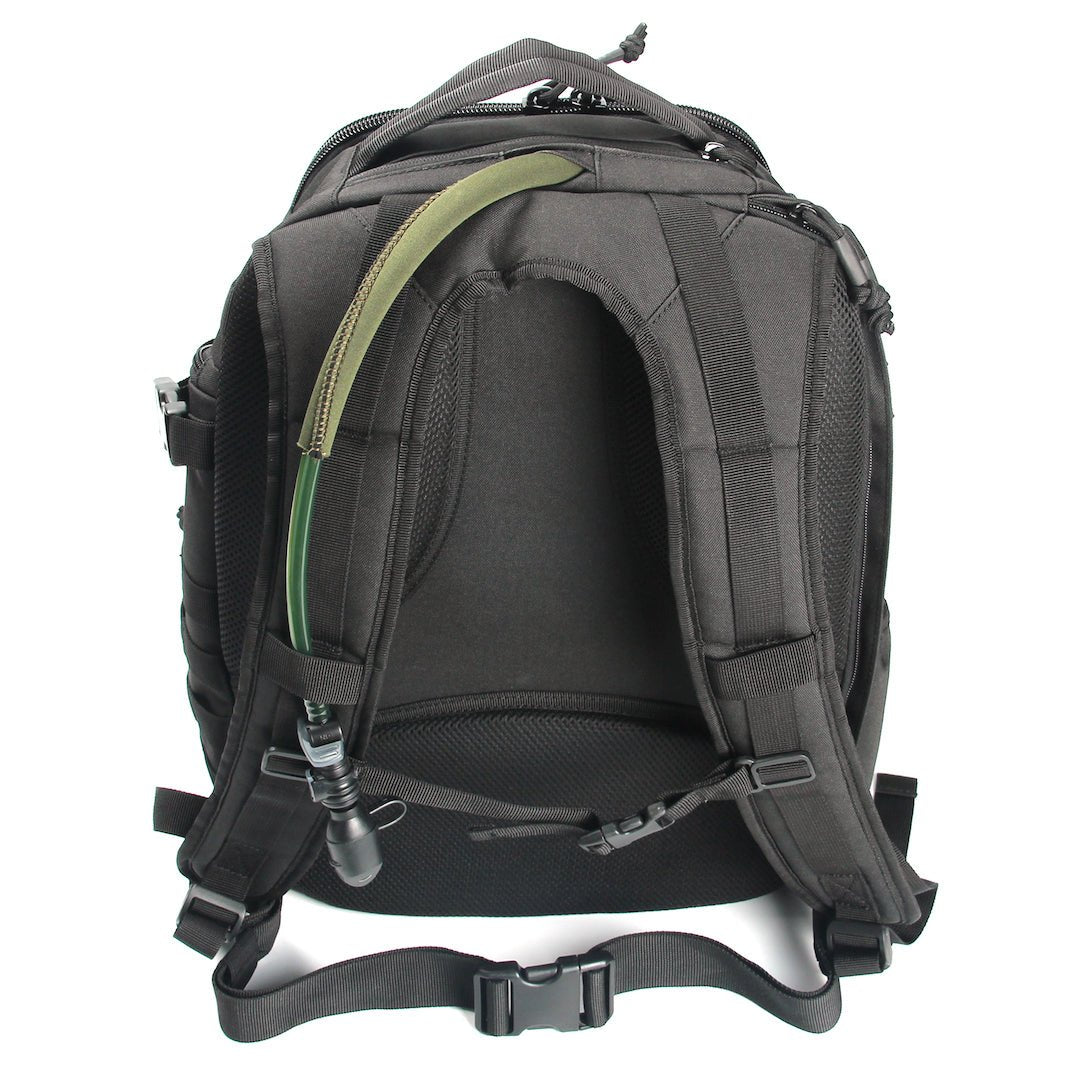
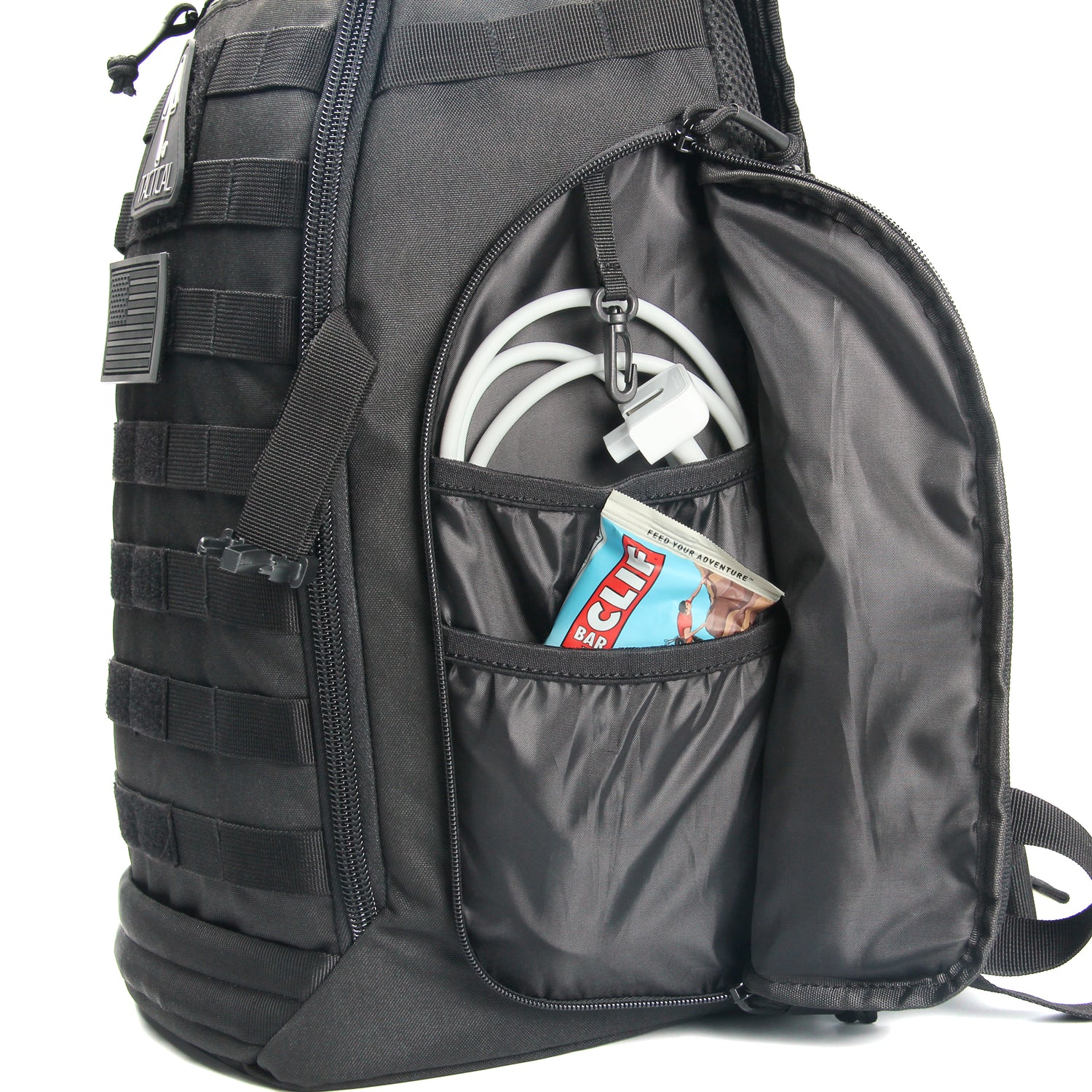
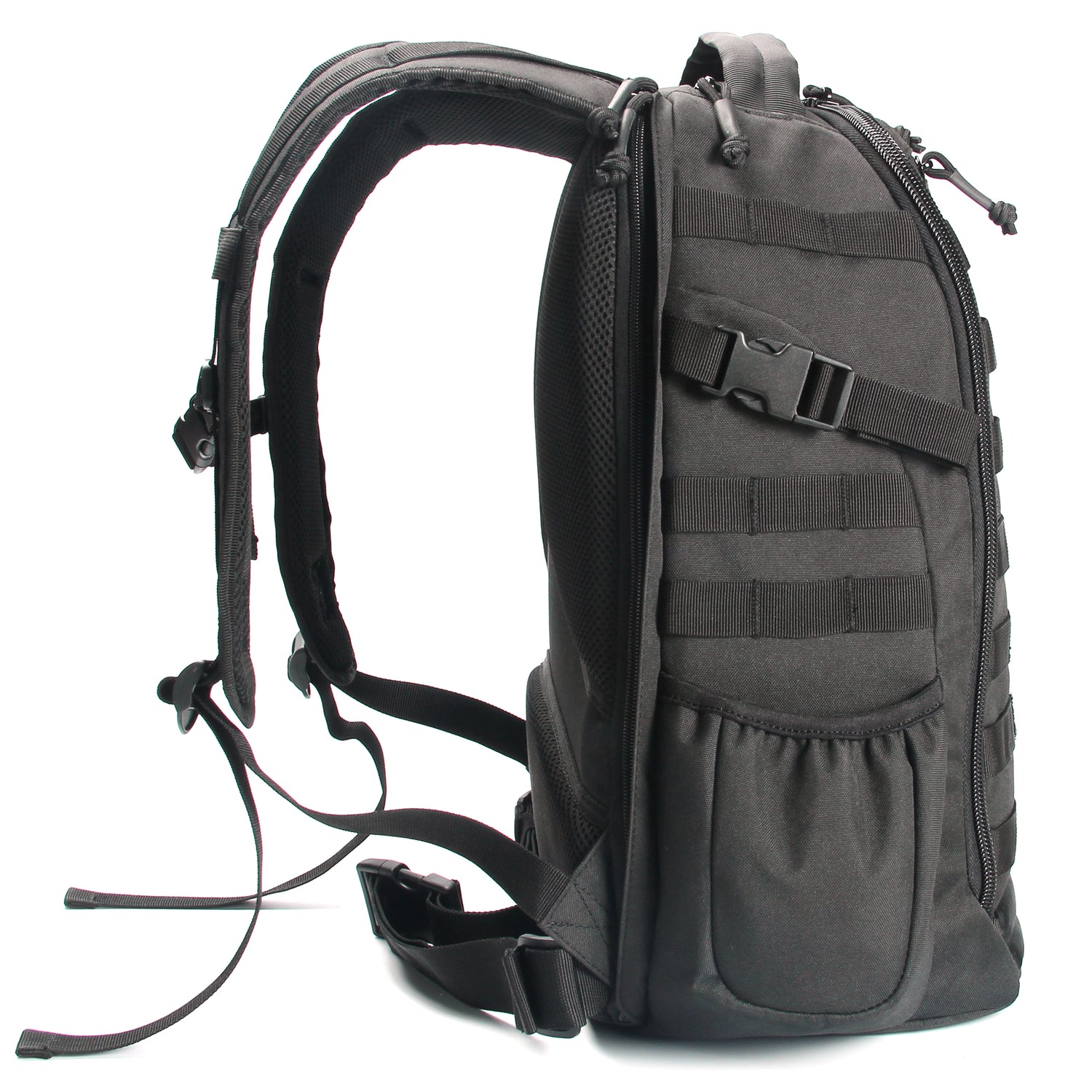
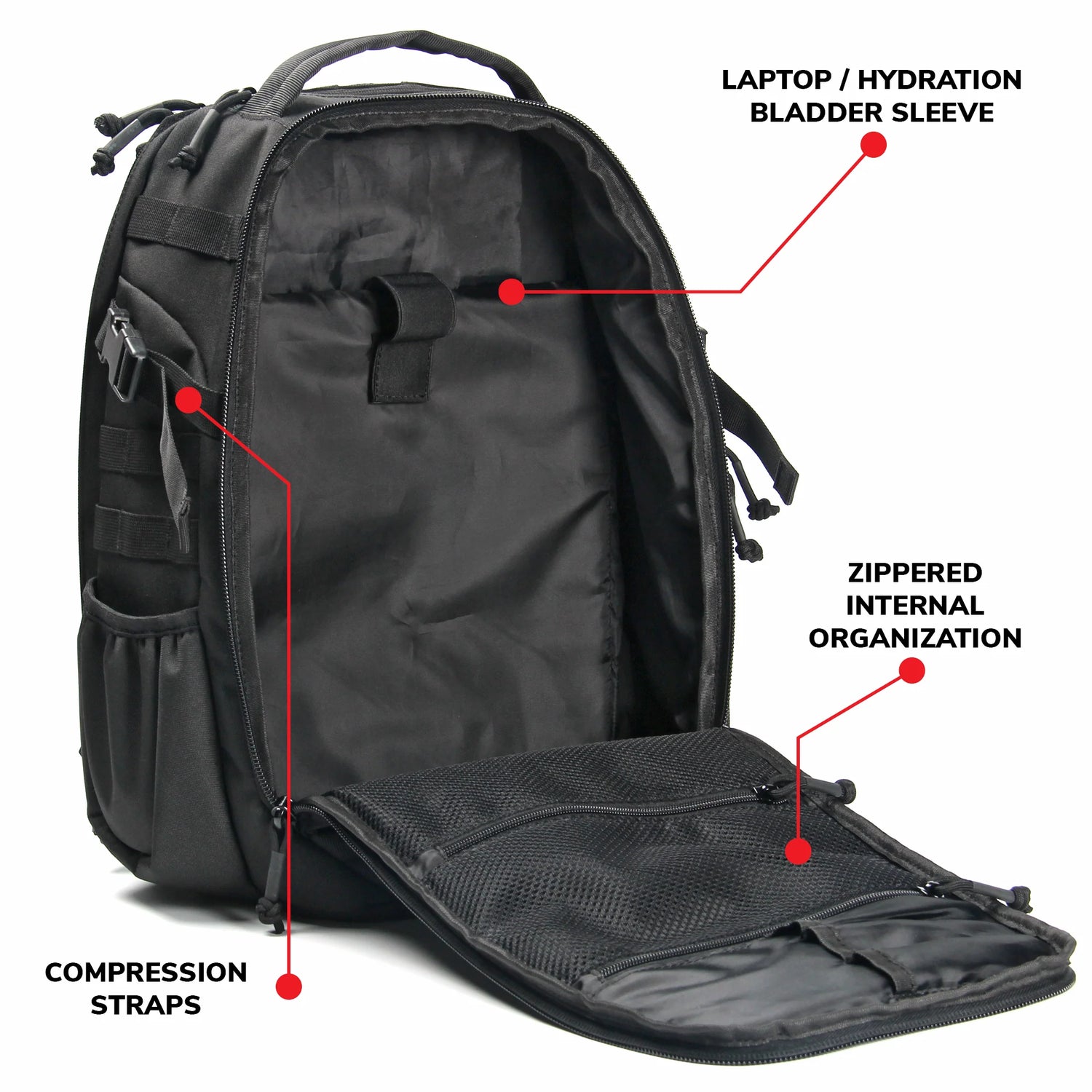
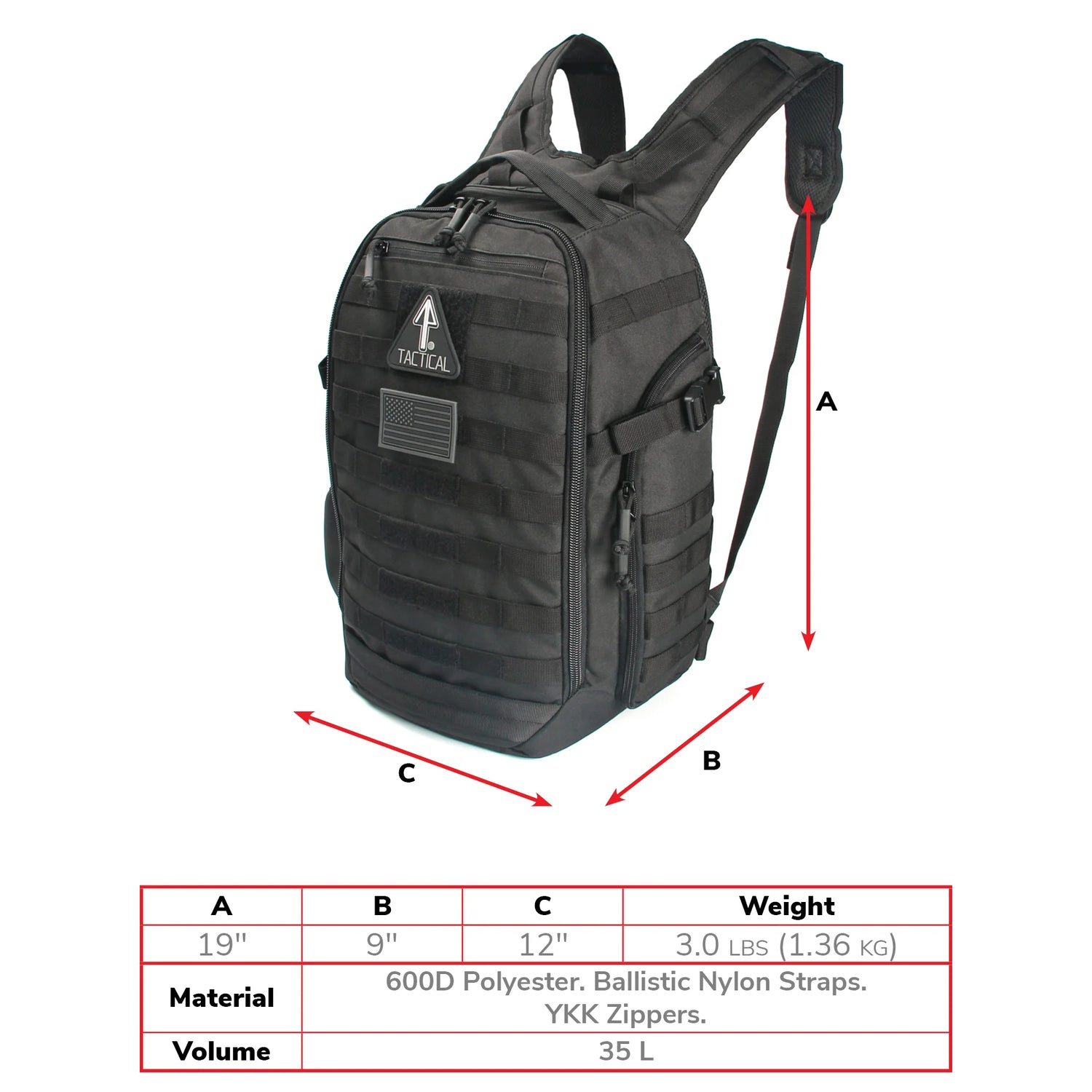

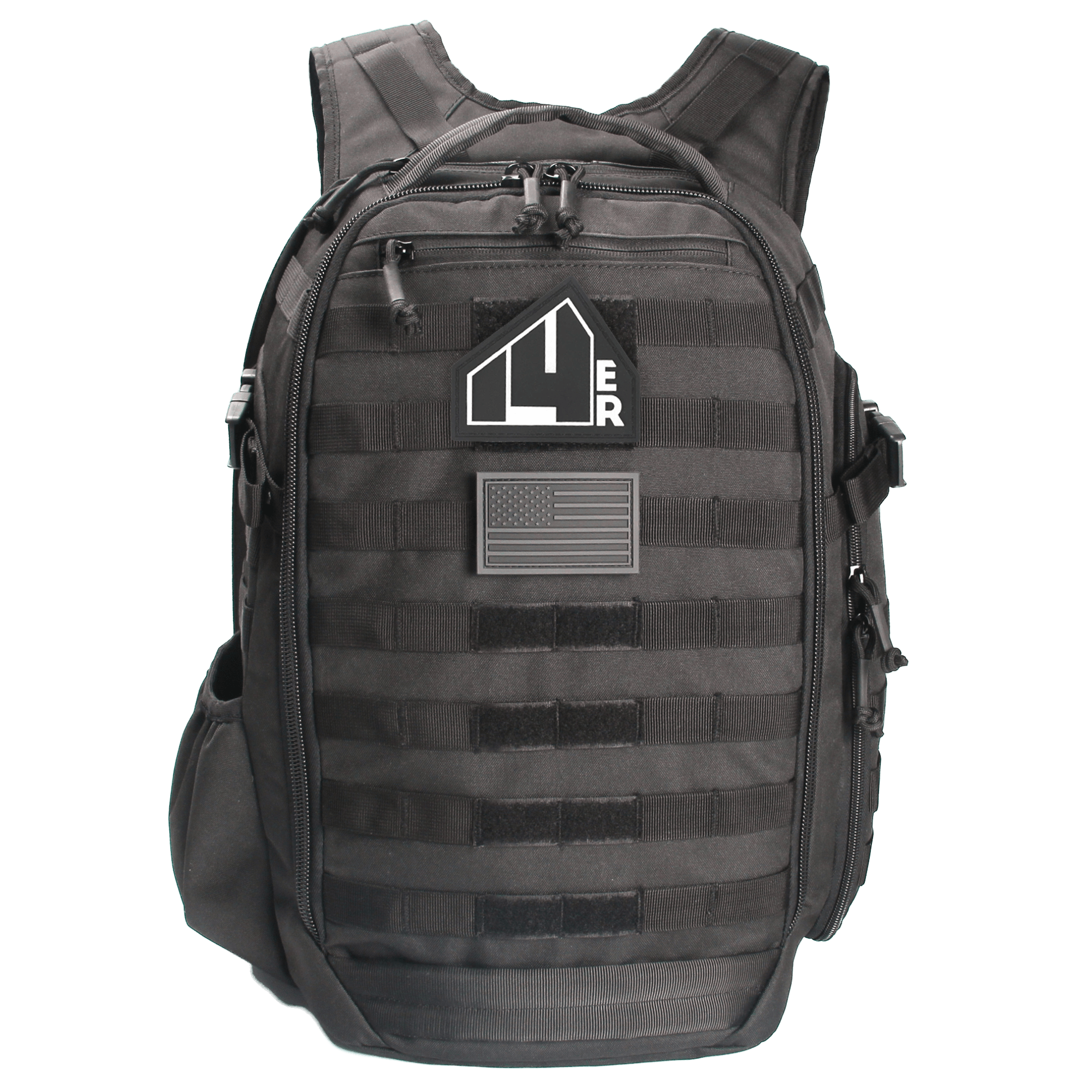
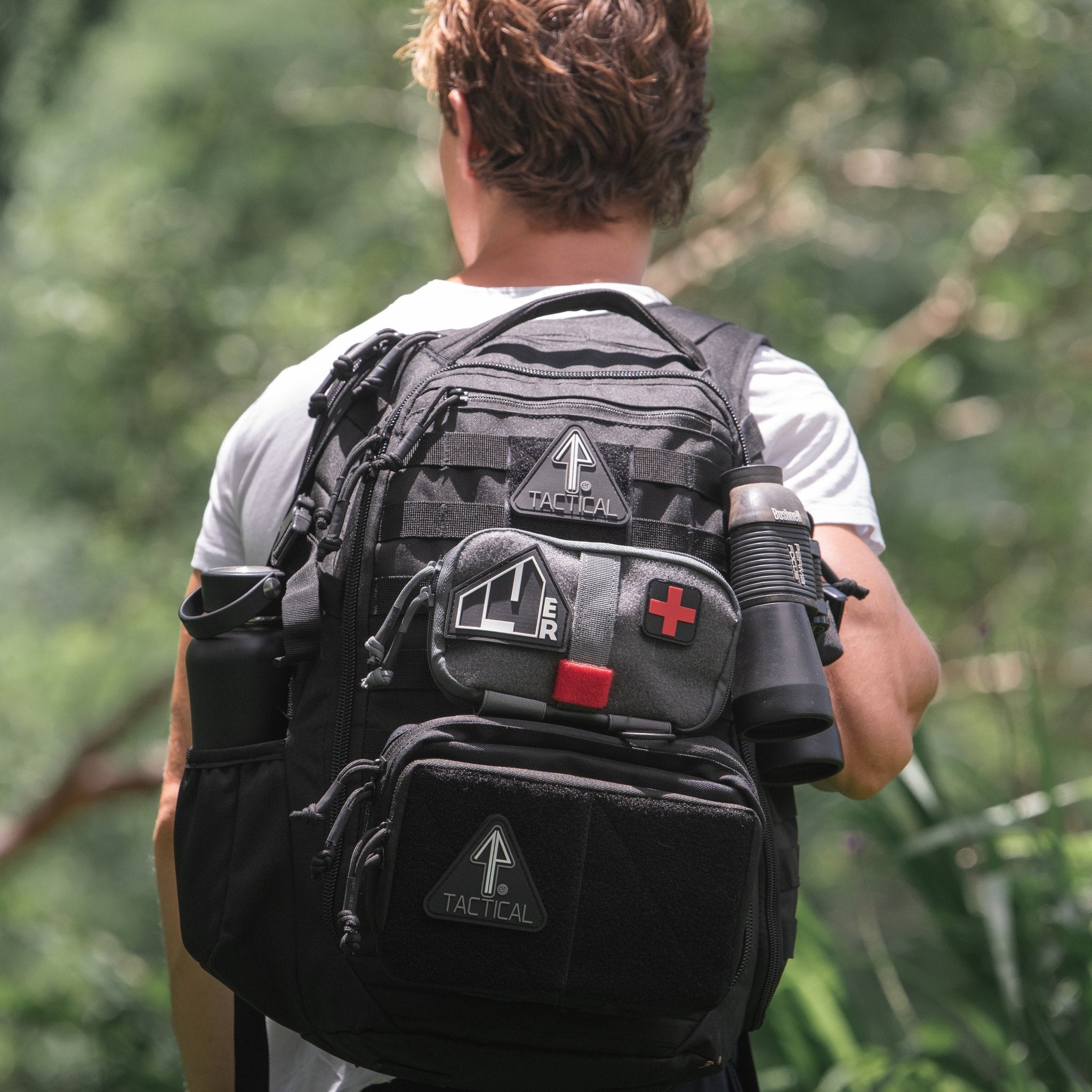
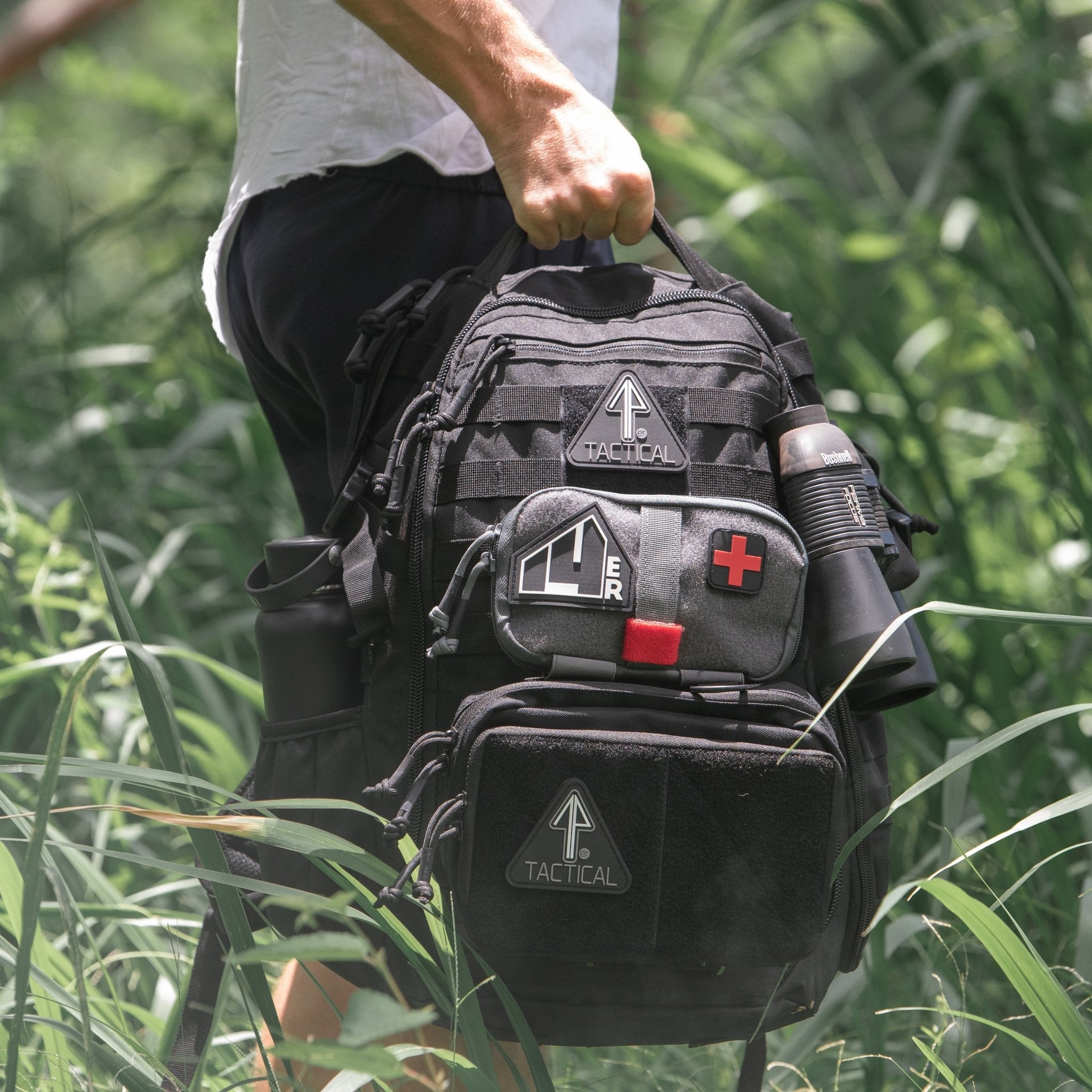
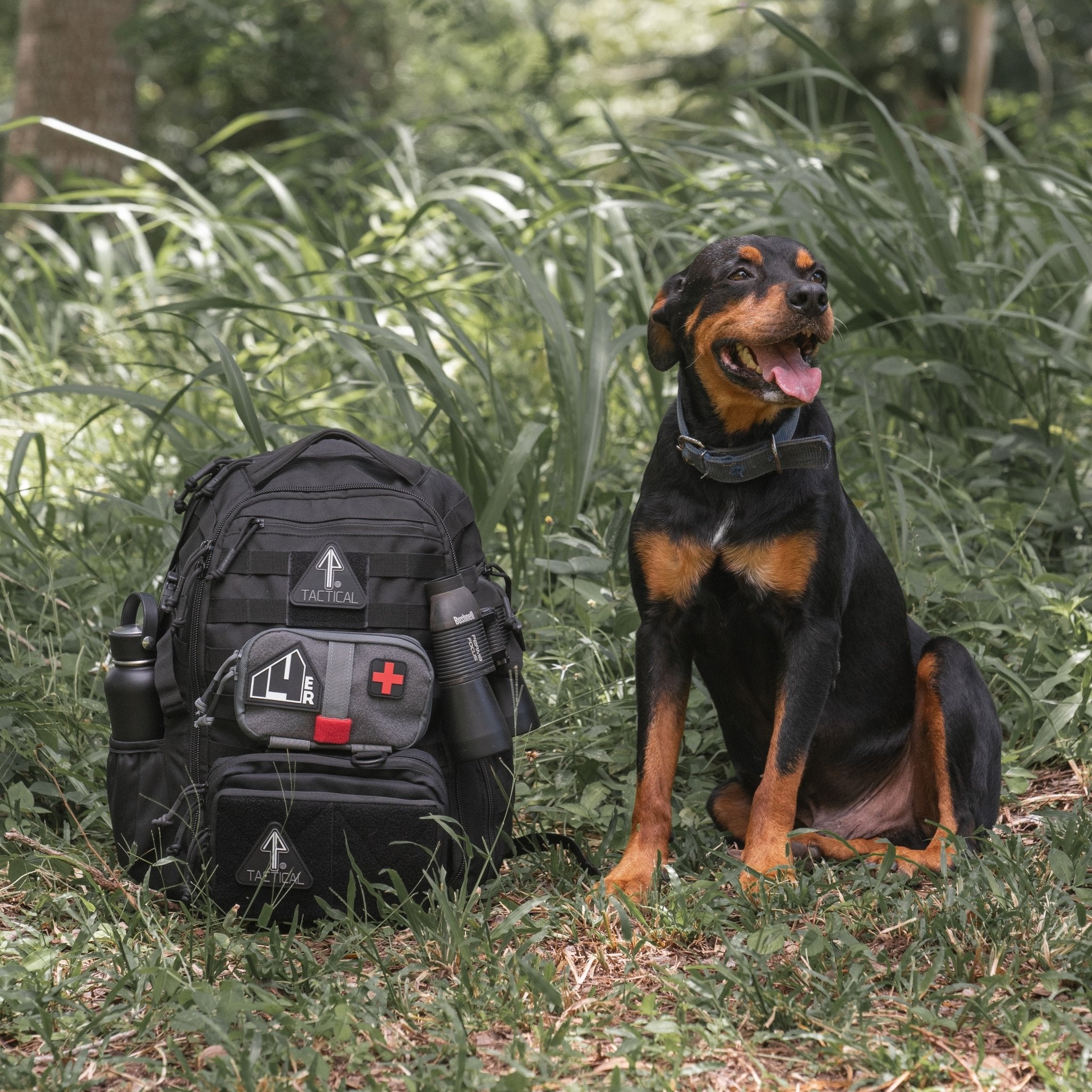
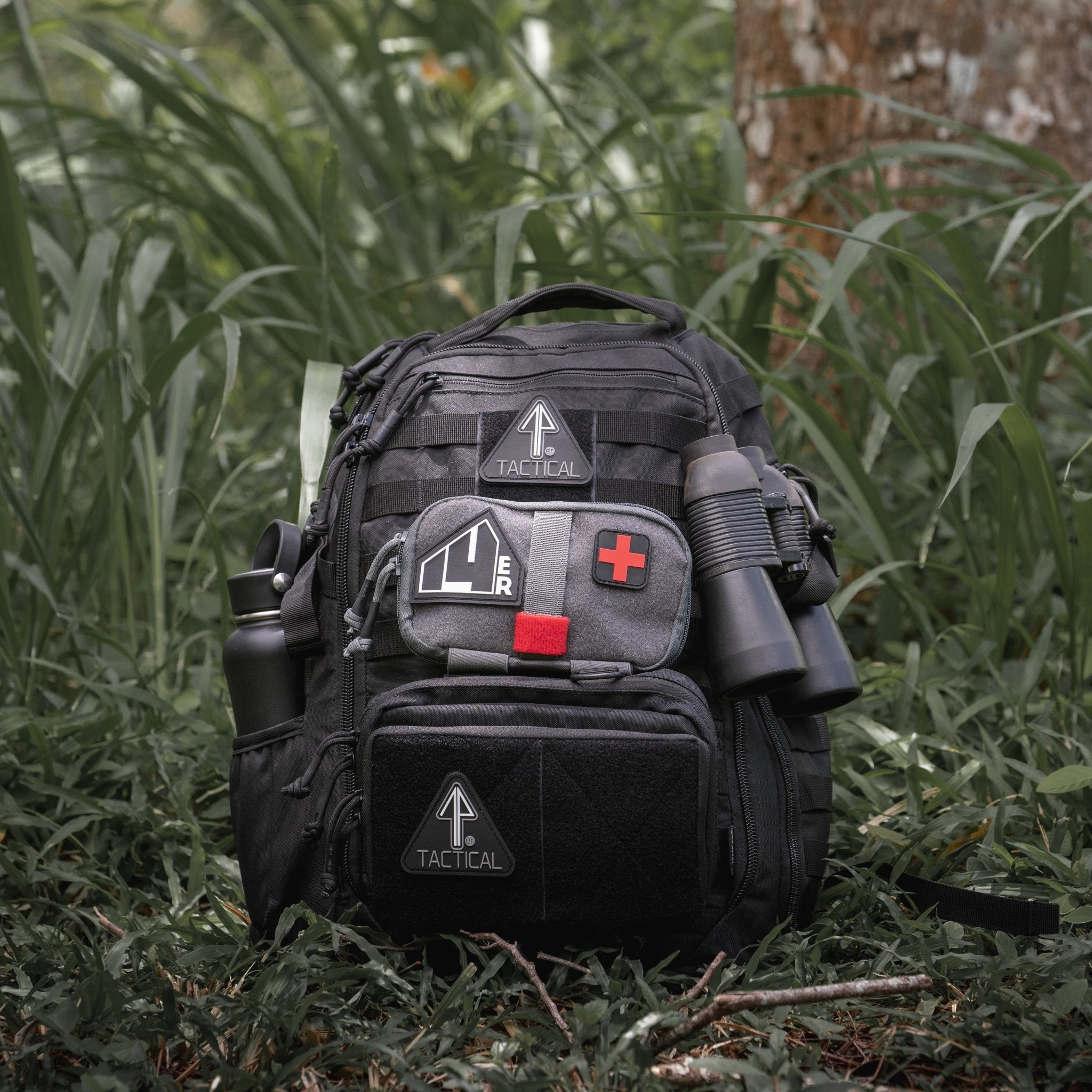
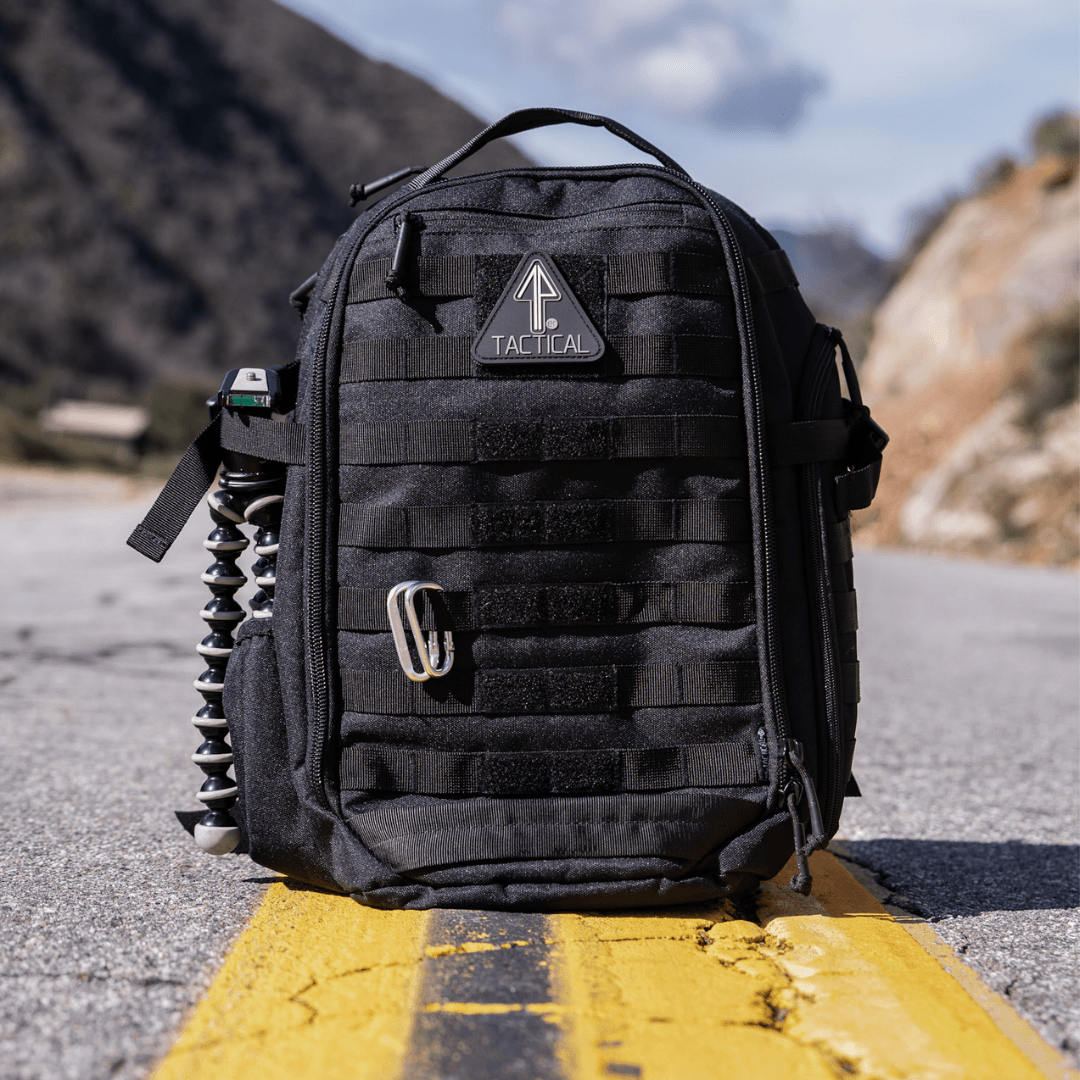
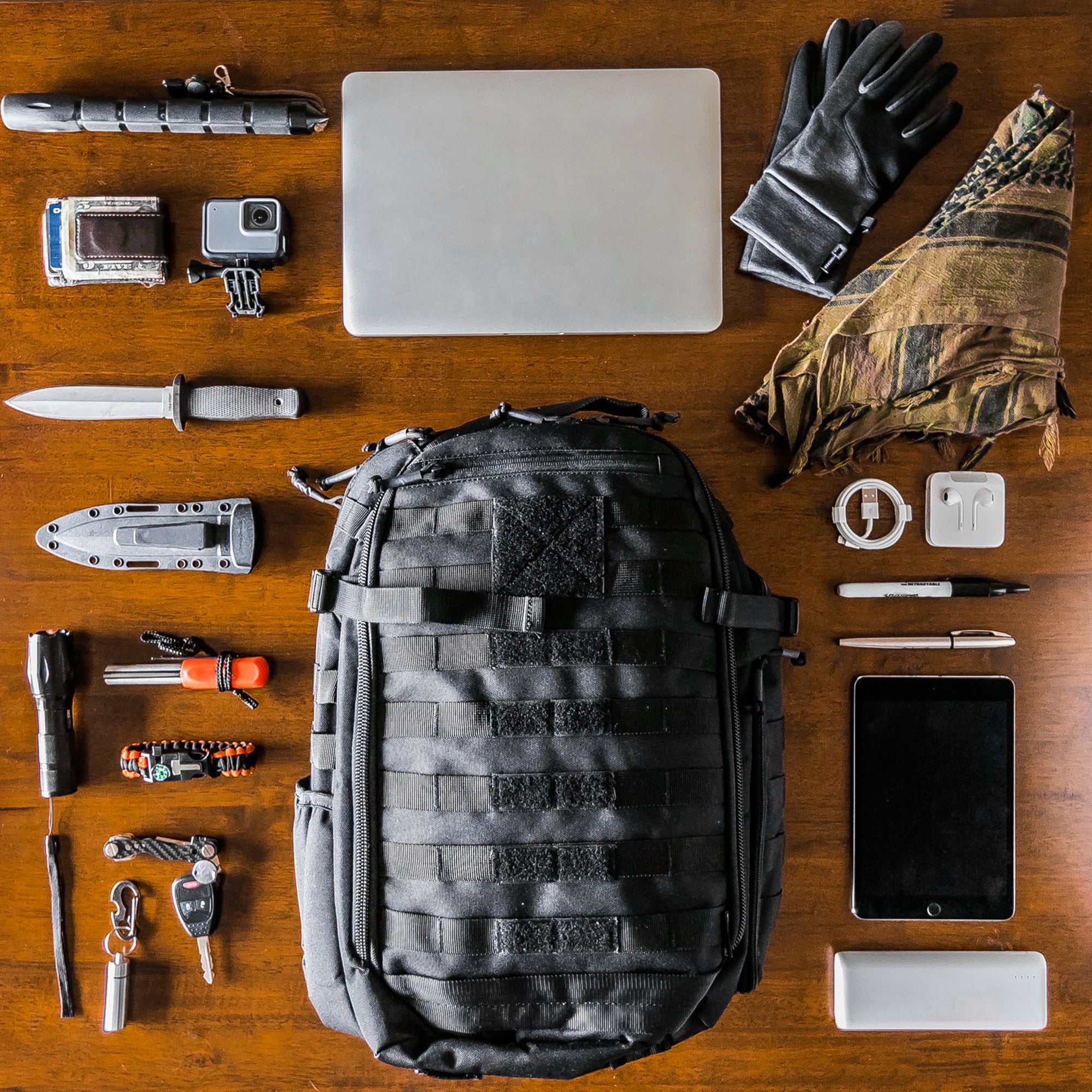
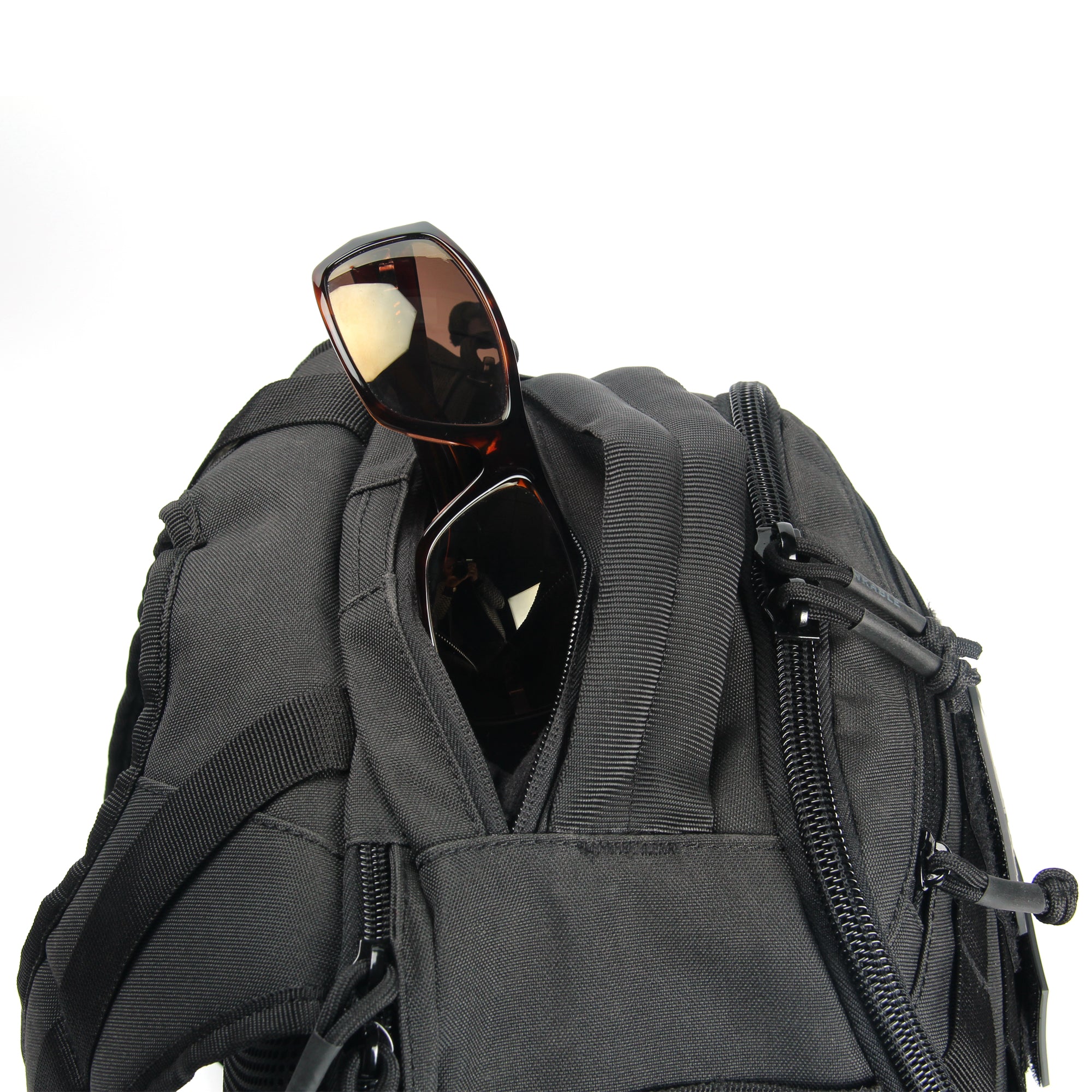
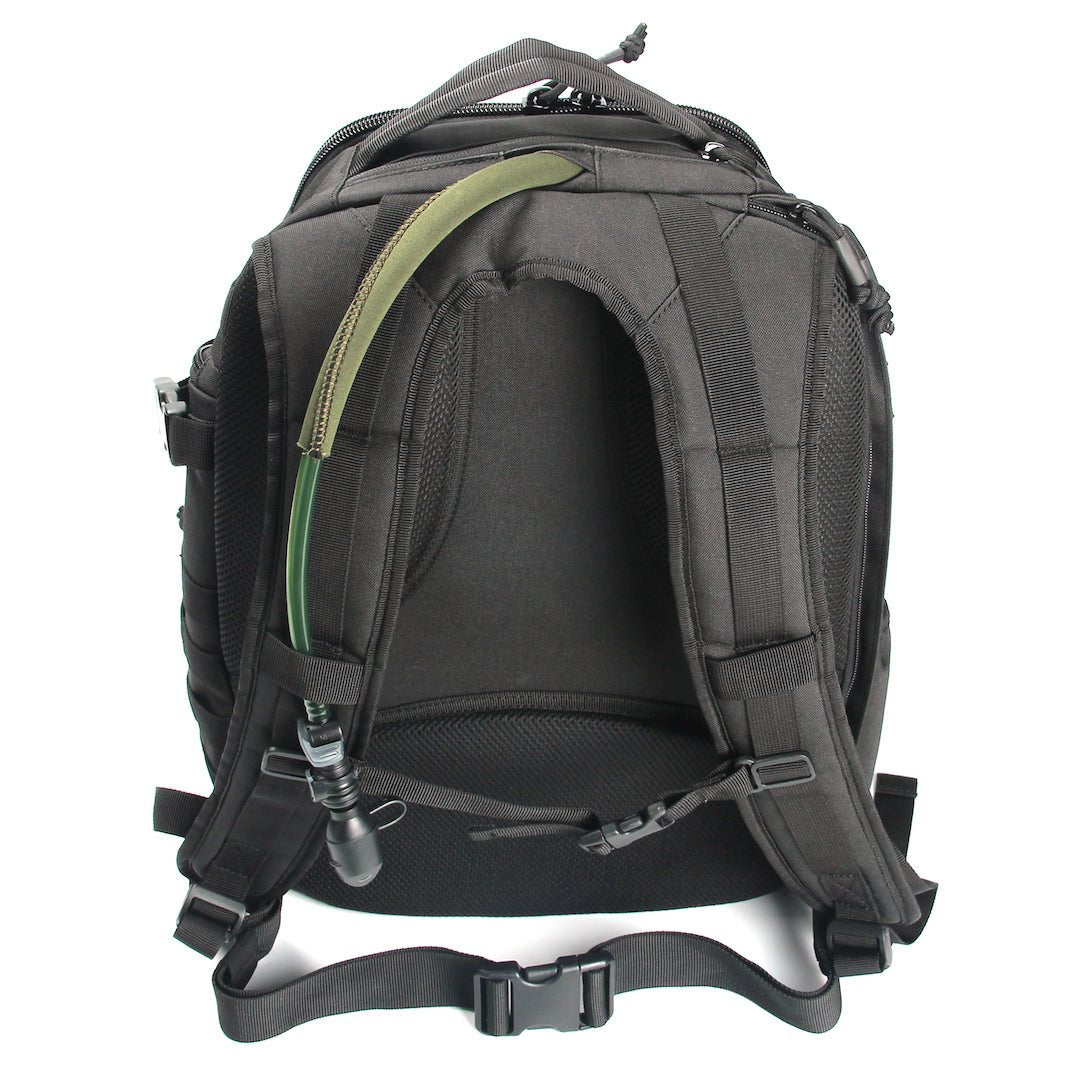
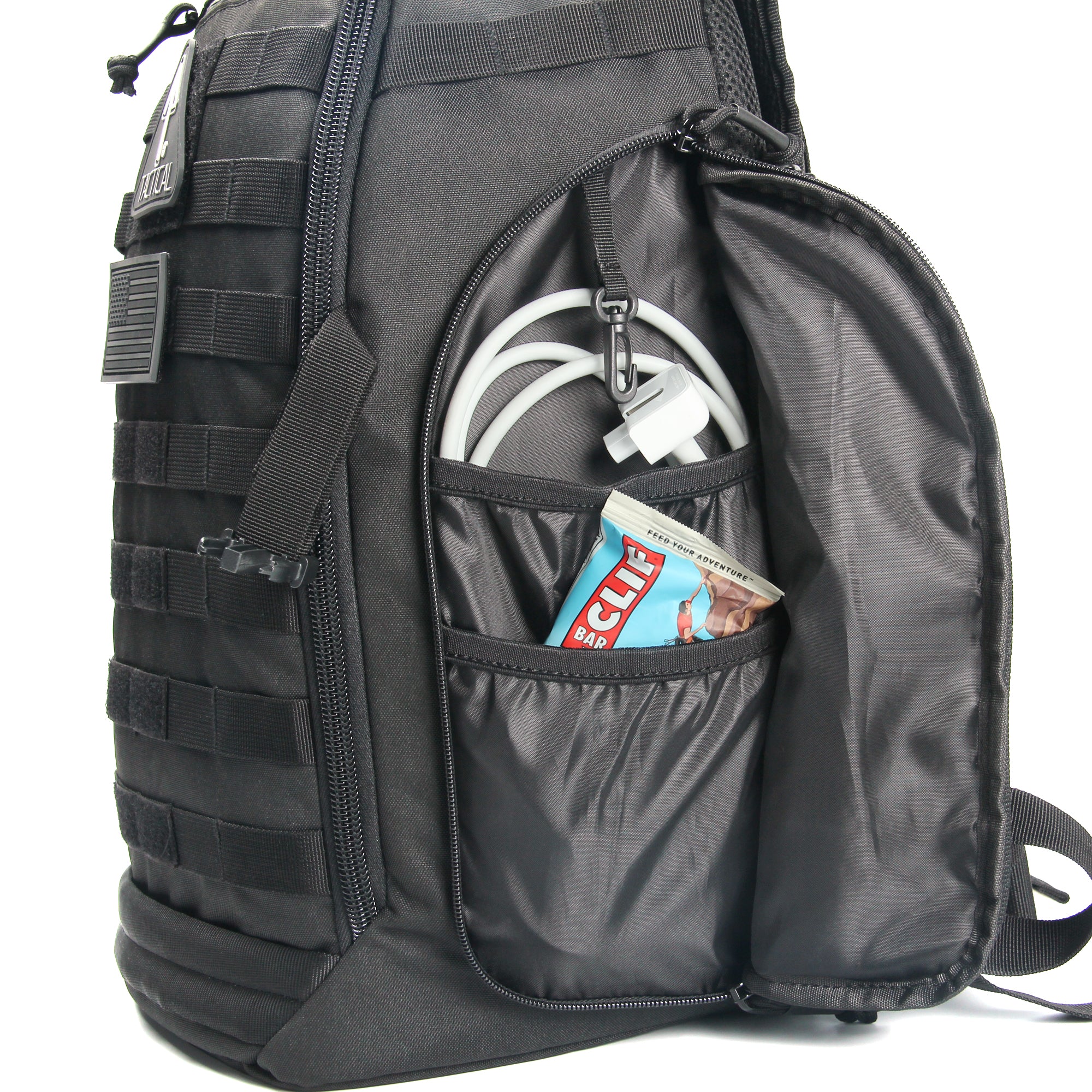
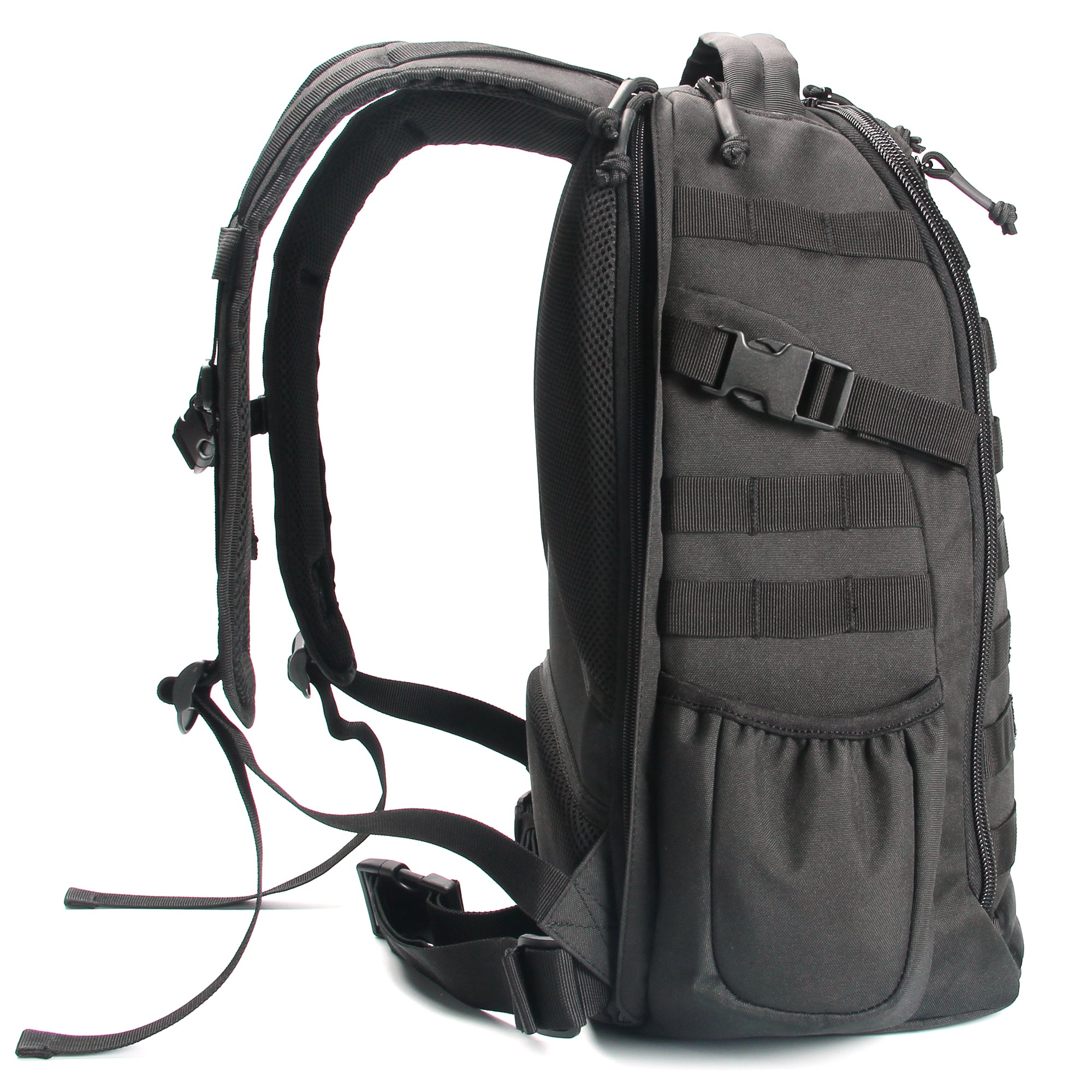
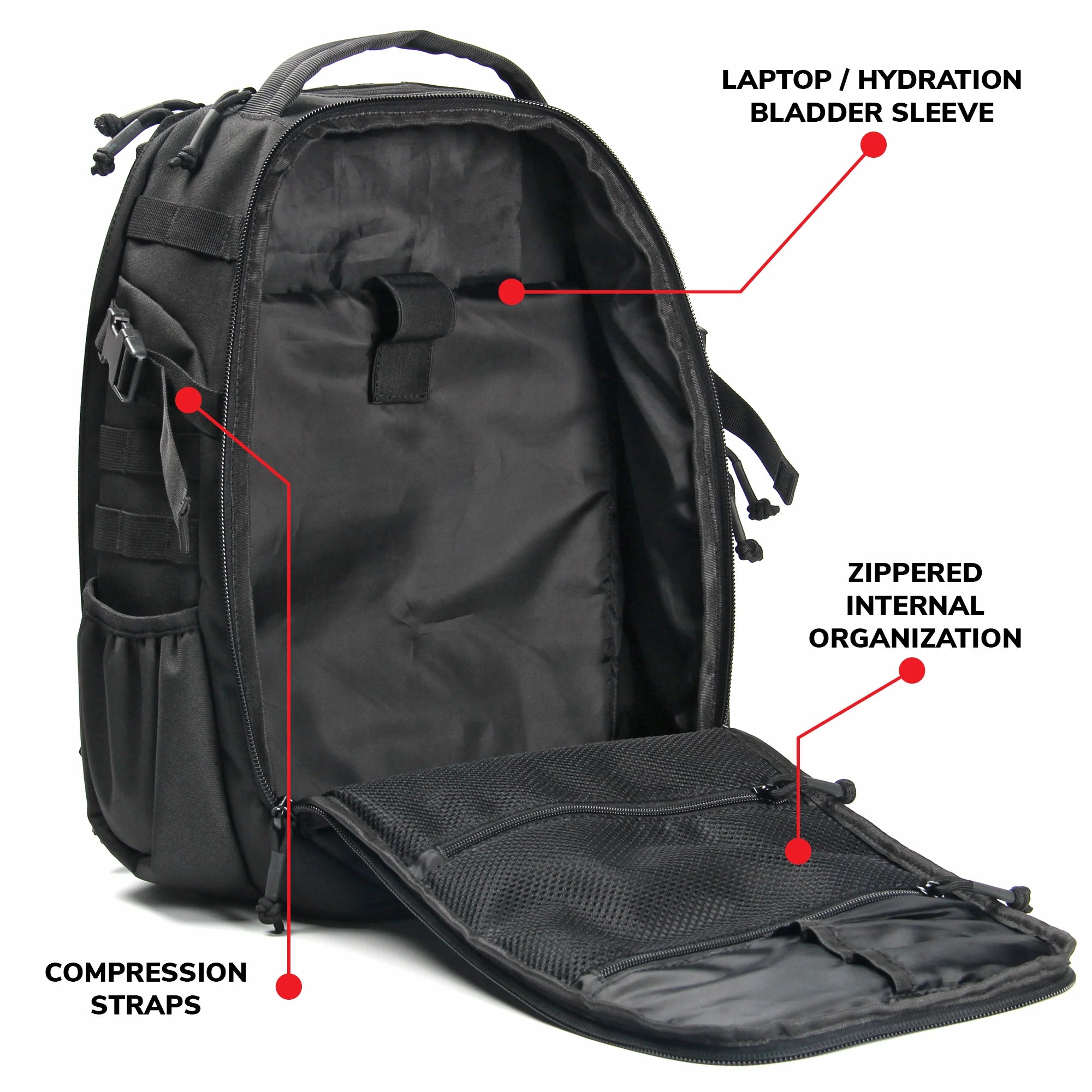
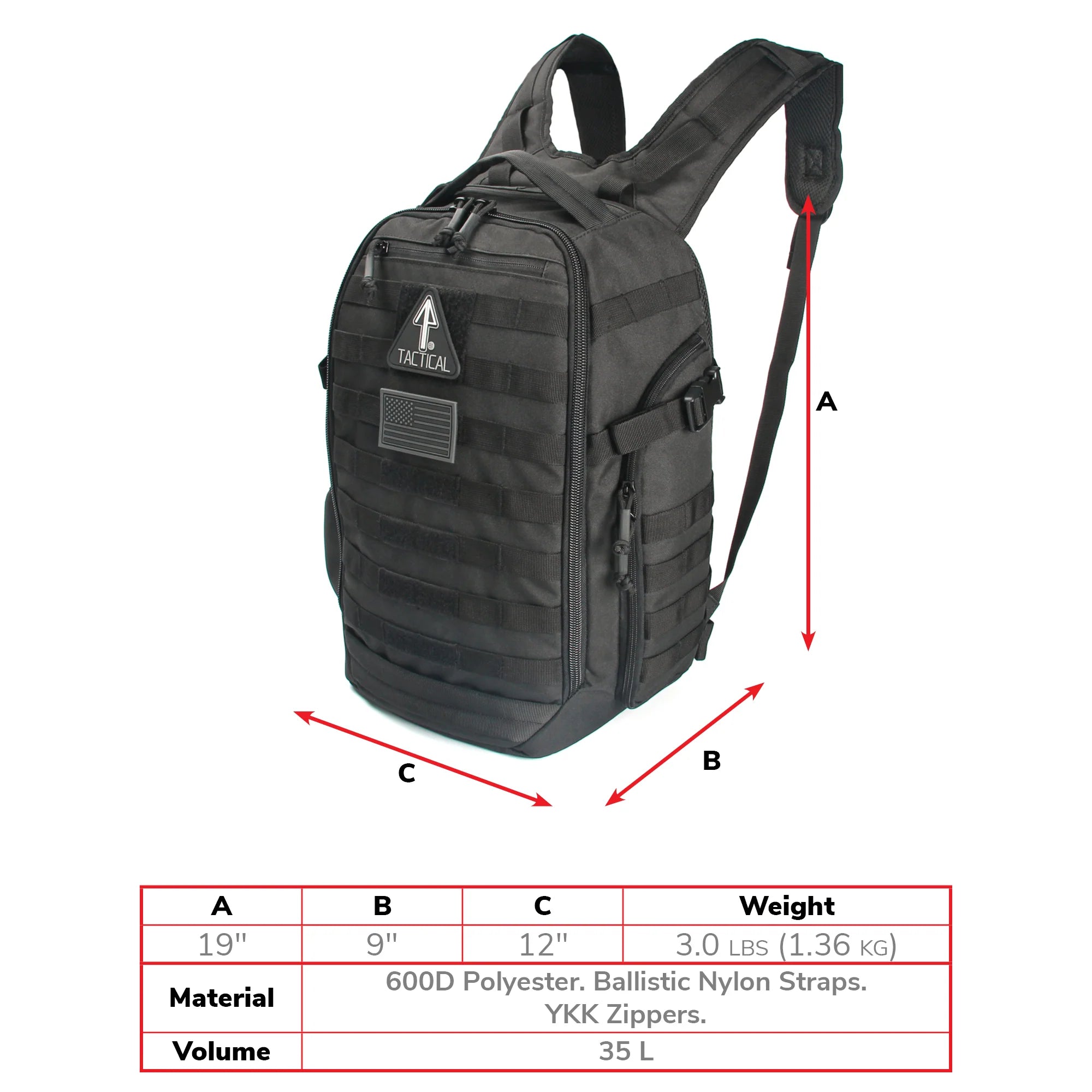
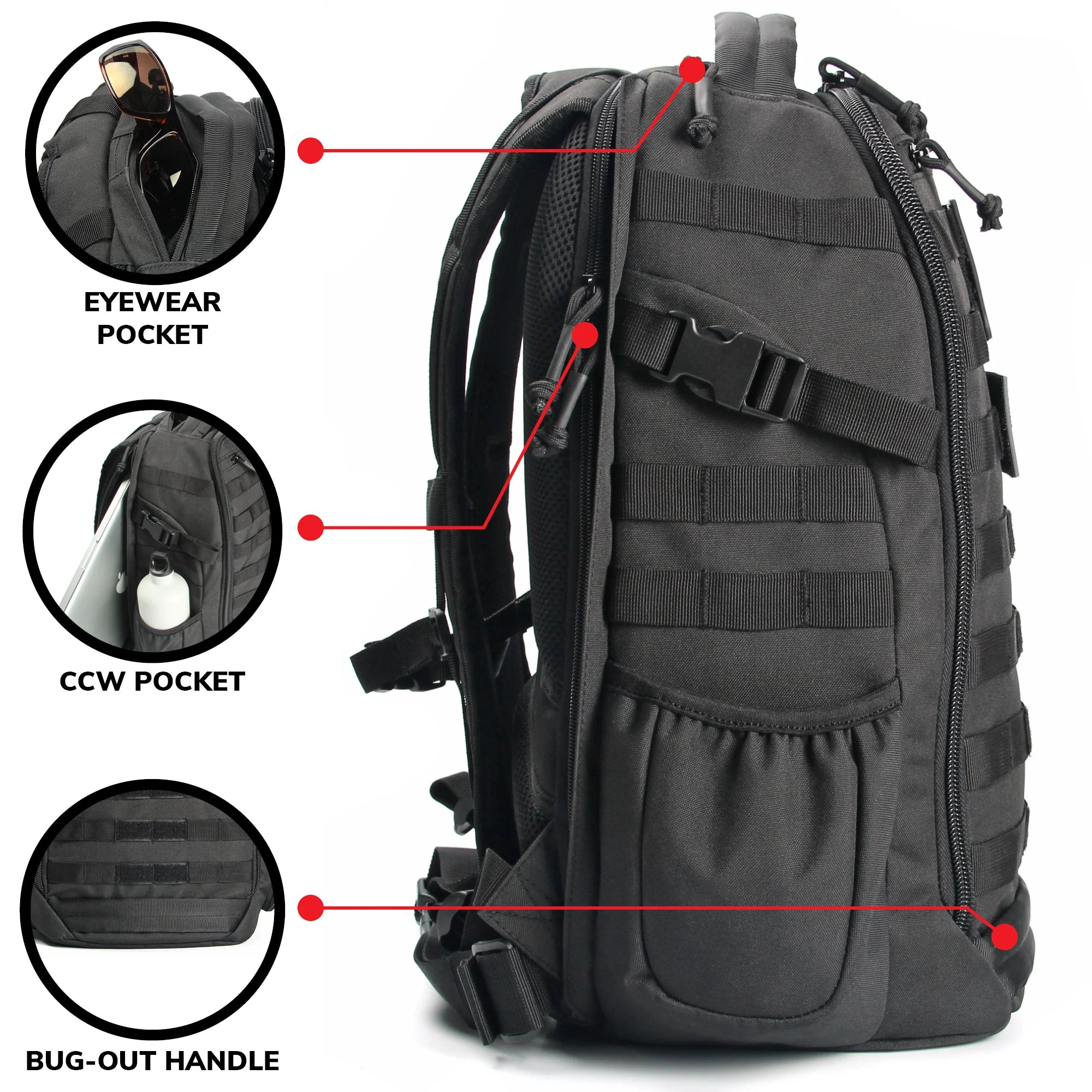
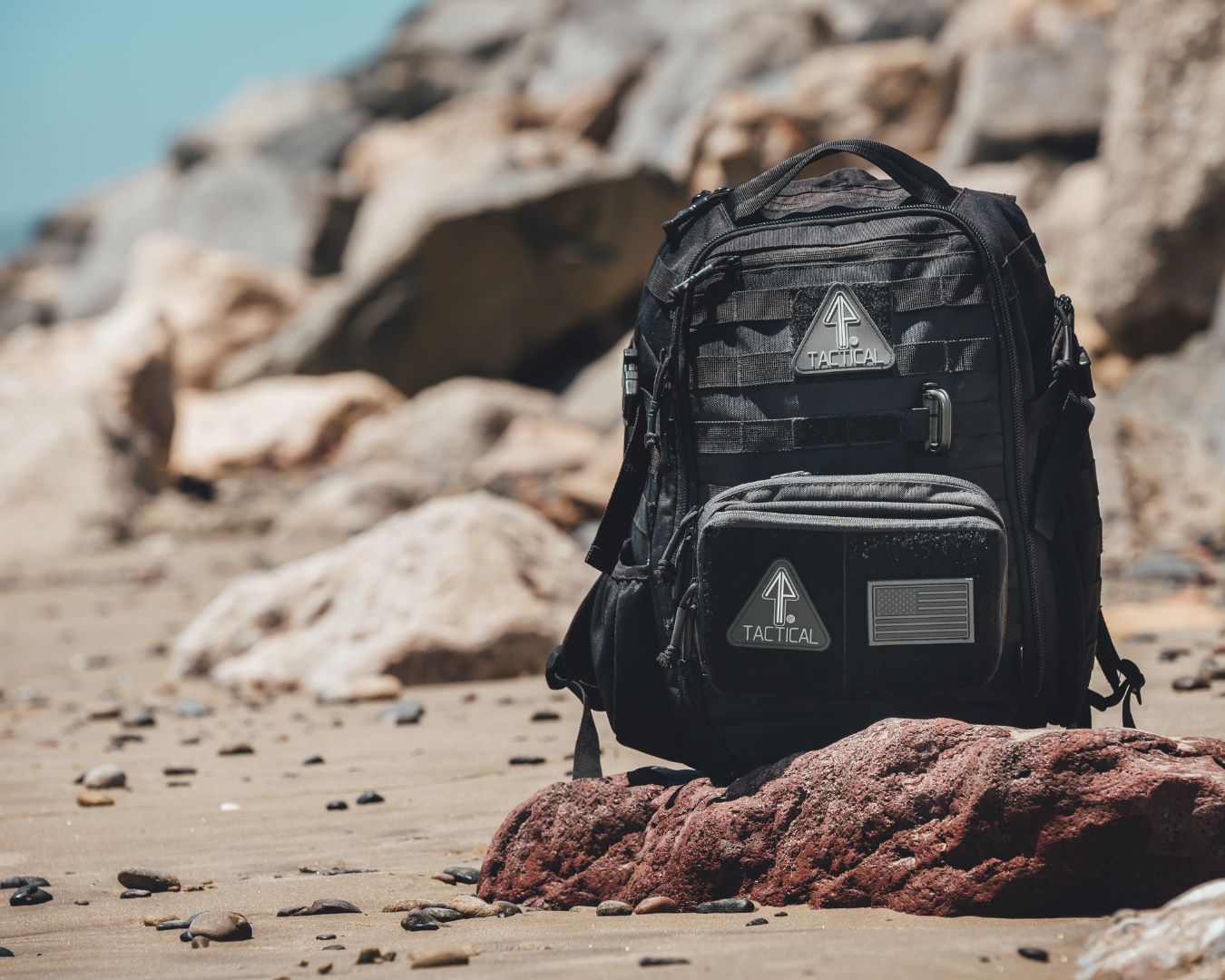
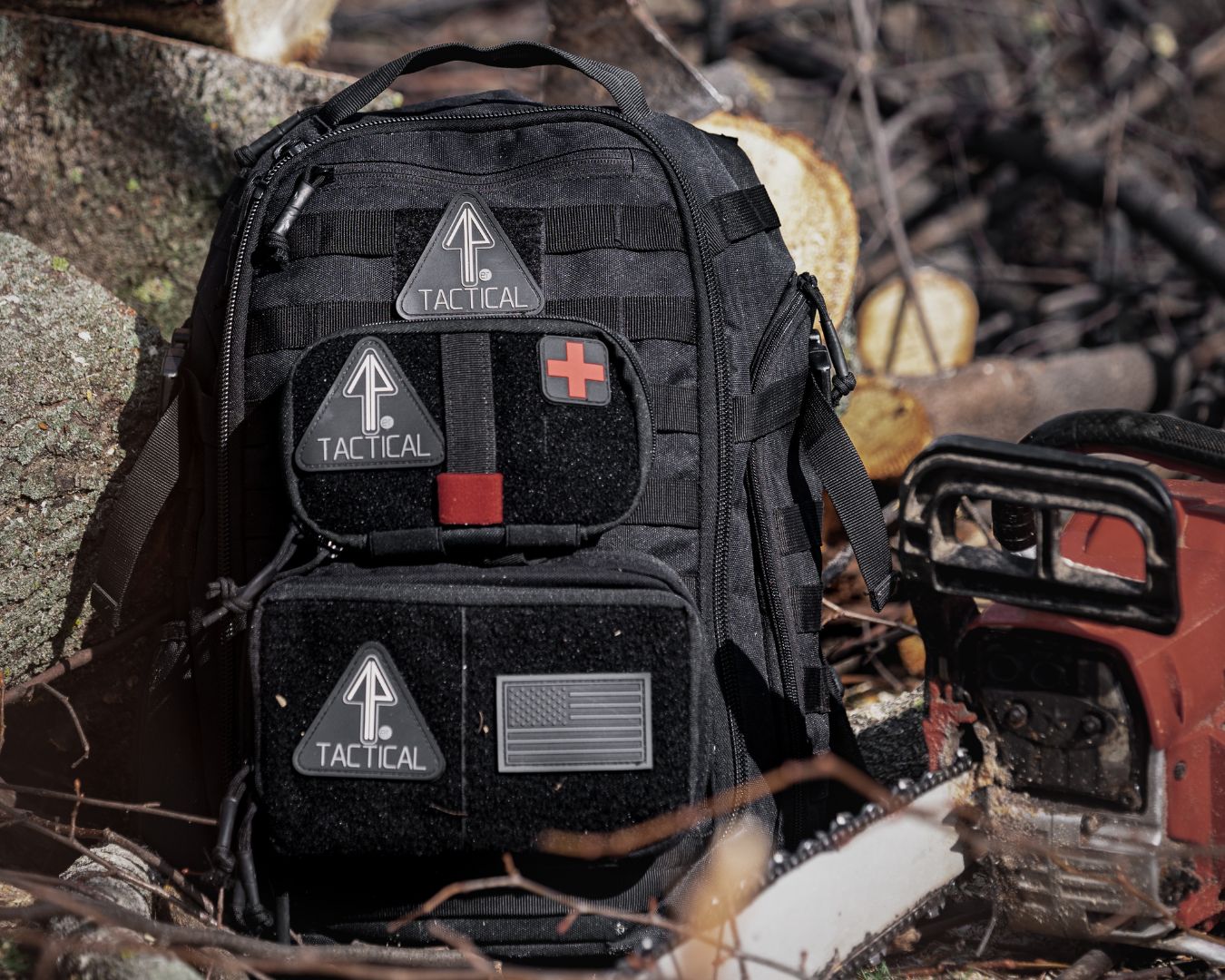
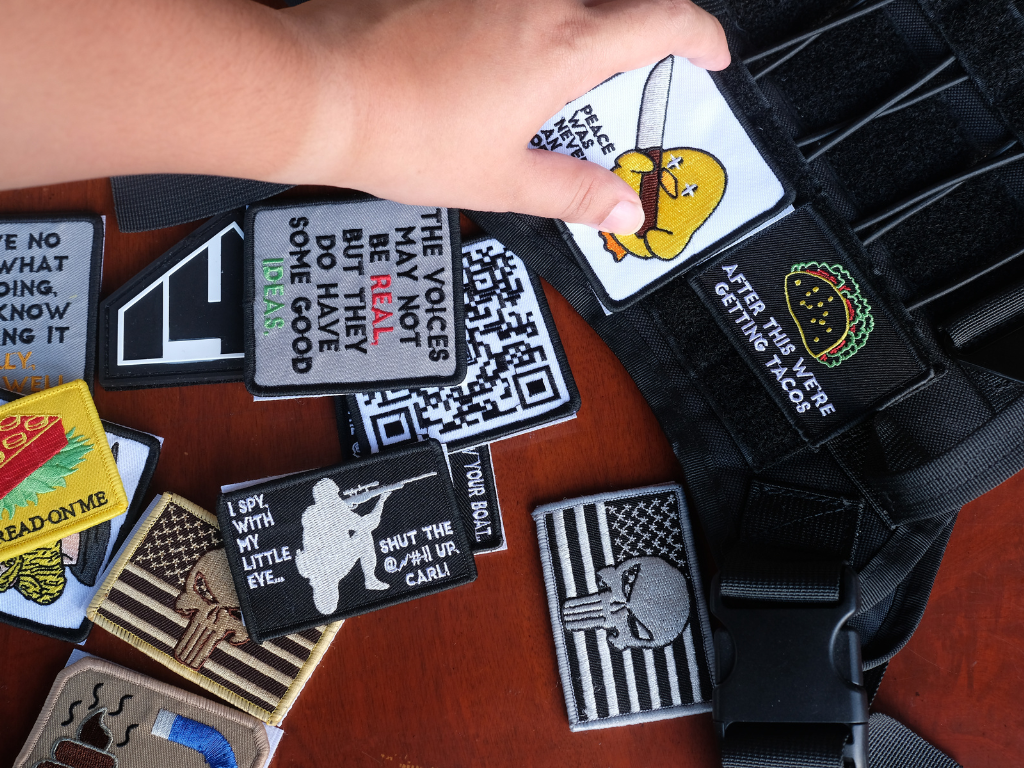
2 comments
Great concise and valuable information. Thank you!What are your thoughts on water purification tablets, etc.?
ya can use water proof bags for your things like cell phone bags ya can put paper pen in one. They also have a tool that has fork, knife, spoon just like swish army knife. Take up very little space. Bottles that can turn any water into drinking water. I believe it holds 300 gal. Not at once. Over time. Ox people should think about 5 lb. Carrie units. Also a good pack is Trish aid back pack. Has a solar power for phone. Places for certain med. Things.